Take a look at Andrew Mason's top options at running back and fullback for when free agency begins in a few short weeks. (Photos by AP)
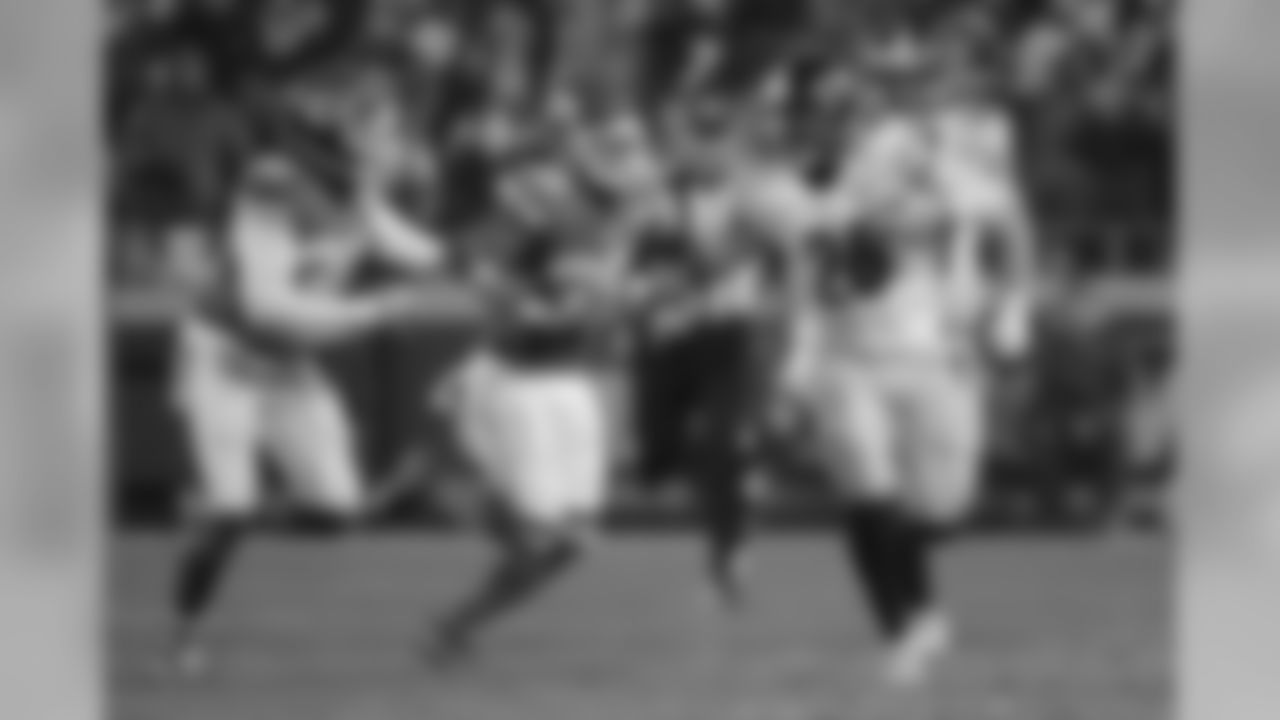
As the only player in NFL history with at least 6,000 yards from scrimmage and an average of 128 or more yards per game in his first four seasons, Bell will be coveted -- if the Steelers let him hit the market. The franchise-tag figure for running backs is expected to come in at around $9.7 million -- a perfectly reasonable figure for a runner of Bell's quality. It would be a shock if the Steelers don't use it on the two-time Pro Bowler.

Is his 2016 ankle injury a sign that pre-draft injury concerns have caught up to him, or was it a blip? The answer will depend on how well he rehabs -- and what sort of shape he is in once his recovery is complete.
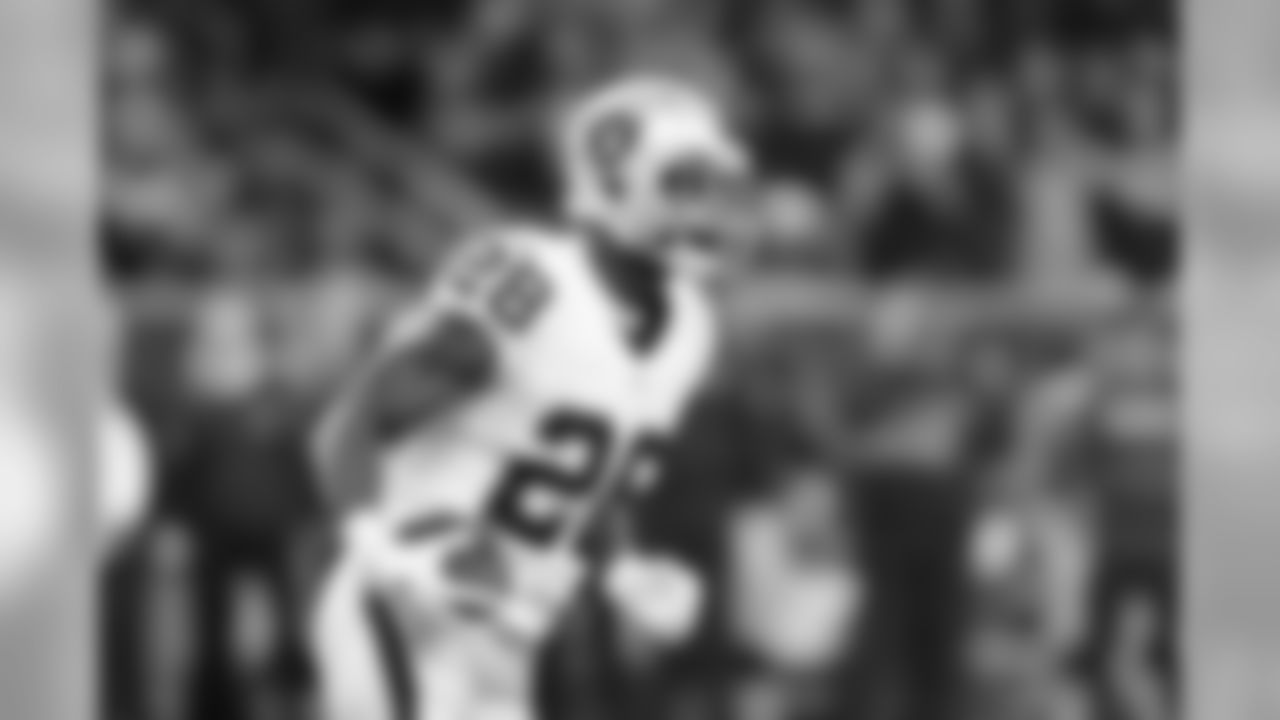
He's productive and a solid No. 1 running back, but you'd like to see more consistency; in 39 career games with at least one carry, he's mustered more than 4.0 yards per attempt in just 18 of them.

He probably isn't full-time starter material, but his strong, determined work in relief of Doug Martin last season and relatively low mileage should give the 5-foot-6 back an NFL home for the foreseeable future.
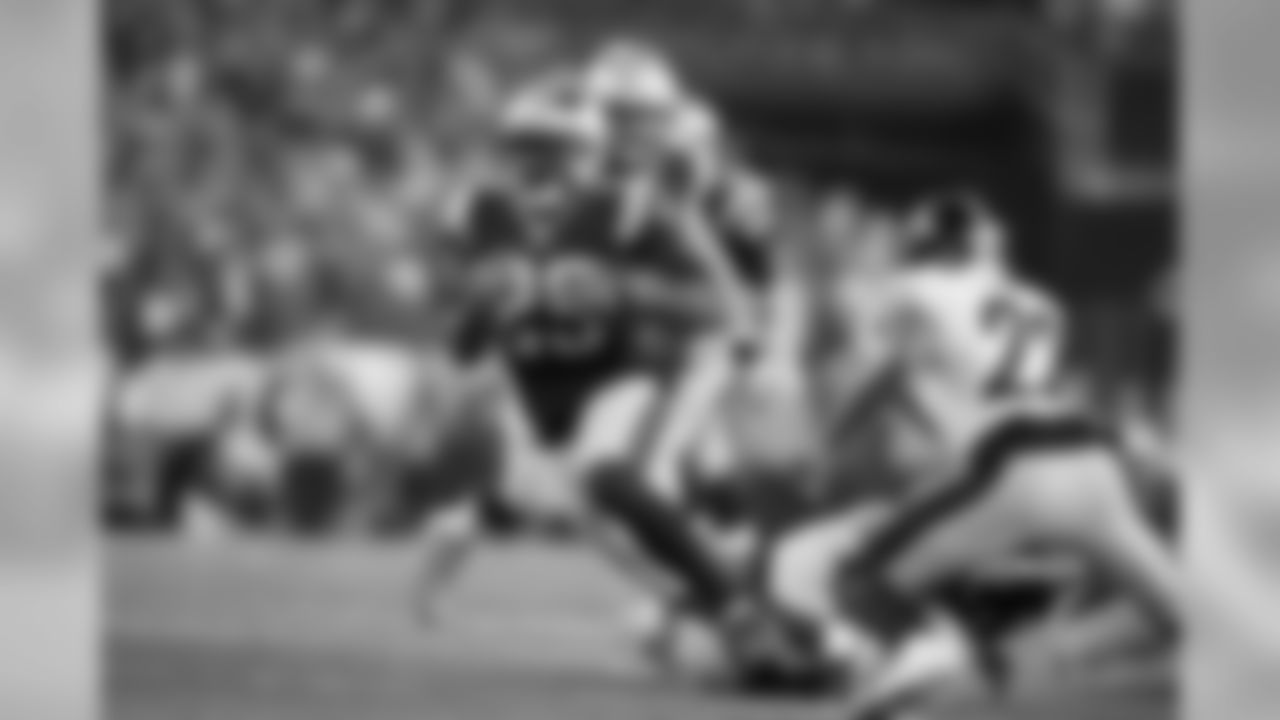
Last year marked his first 1,000-yard season since 2010, but it took 299 carries for him to break four figures, as he averaged fewer than 4.0 yards per carry for just the second time in his seven-season career. He's a goal-line monster, scoring 18 touchdowns, but the best fit for him -- by far -- is the team for which he currently plays.
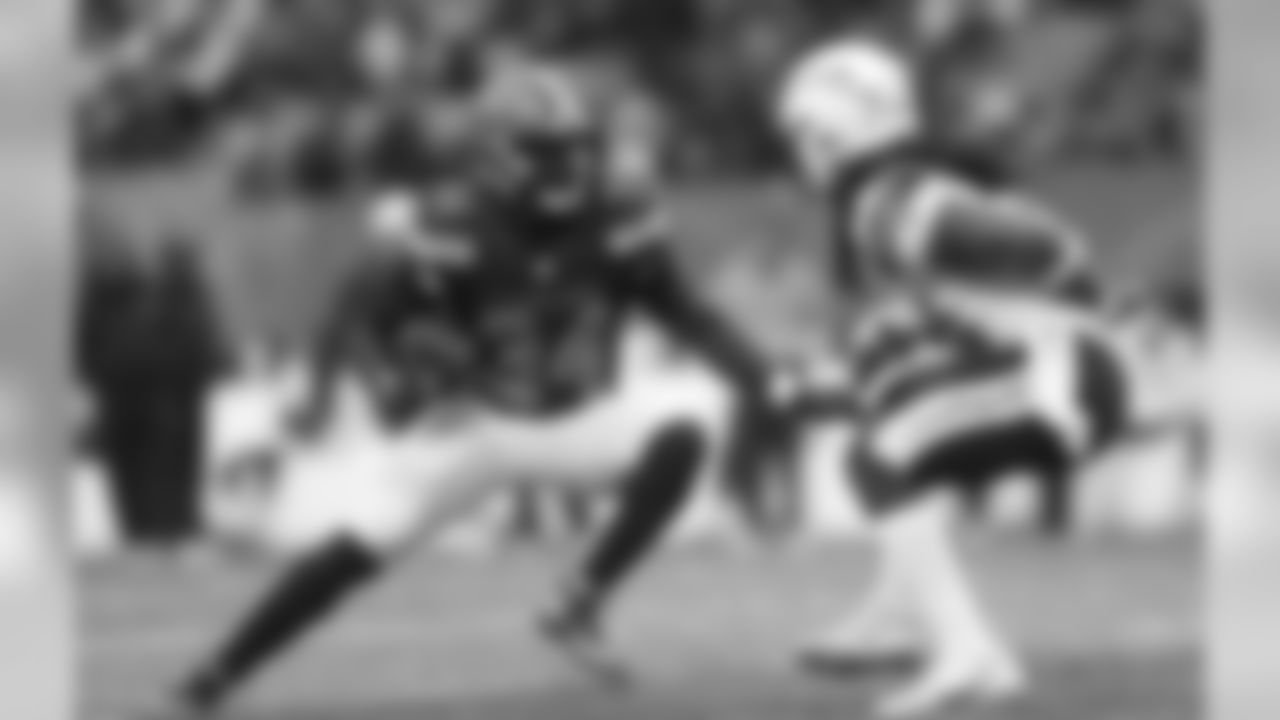
Crowell was often all that separated the Browns' offense from disaster last season, racking up 1,271 yards from scrimmage while averaging 4.8 yards per rush and 8.0 yards on his 40 receptions. But he had a tendency to get most of his yards in clumps; ProFootballFocus.com pointed out that 47.5 percent of Crowell's rushing yardage last year came on 16 carries.
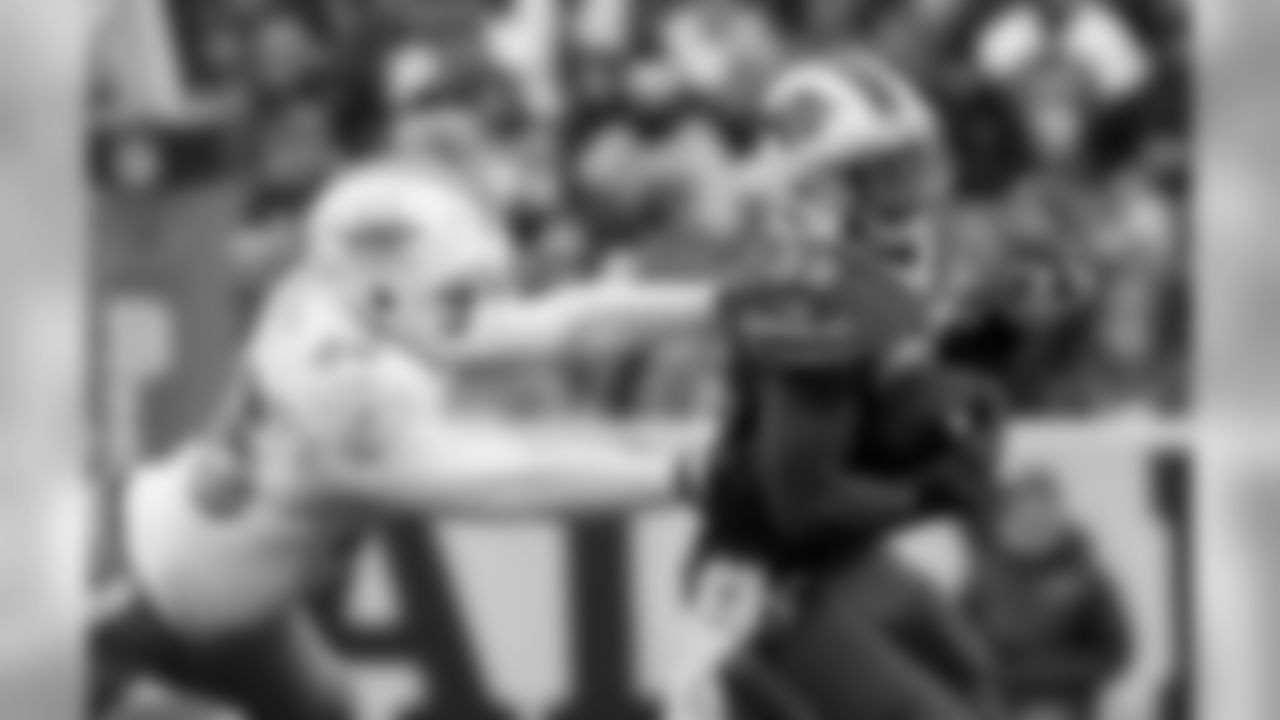
If you owned LeSean McCoy in fantasy, you probably cursed Gillislee's name a few times last season, as he scored nine touchdowns -- one for every 11 touches he had. He was the perfect complement to McCoy -- explosive, elusive and reliable. He fumbled just once in 110 touches.

The Ravens' leading rusher is a restricted free agent who might not get a high tender with Kenneth Dixon waiting in the wings. West isn't a chain-mover, but is sturdy between the tackles.

Bengals head coach Marvin Lewis has indicated he wants to bring Burkhead back, and with an average of 4.6 yards per carry and 8.5 yards per reception last year, he's delivered in limited work. Someone might be willing to give the 26-year-old Nebraska product a greater role than Cincinnati can.

Age (32) and a torn ACL work against him, and he has now missed 27 of the last 48 games because of various injuries. When healthy, he's still arguably the best receiving running back in the game. In his four seasons in San Diego under then-head coach Mike McCoy, he averaged 4.5 receptions per game, the second-most of any running back with at least 100 catches since 2013.
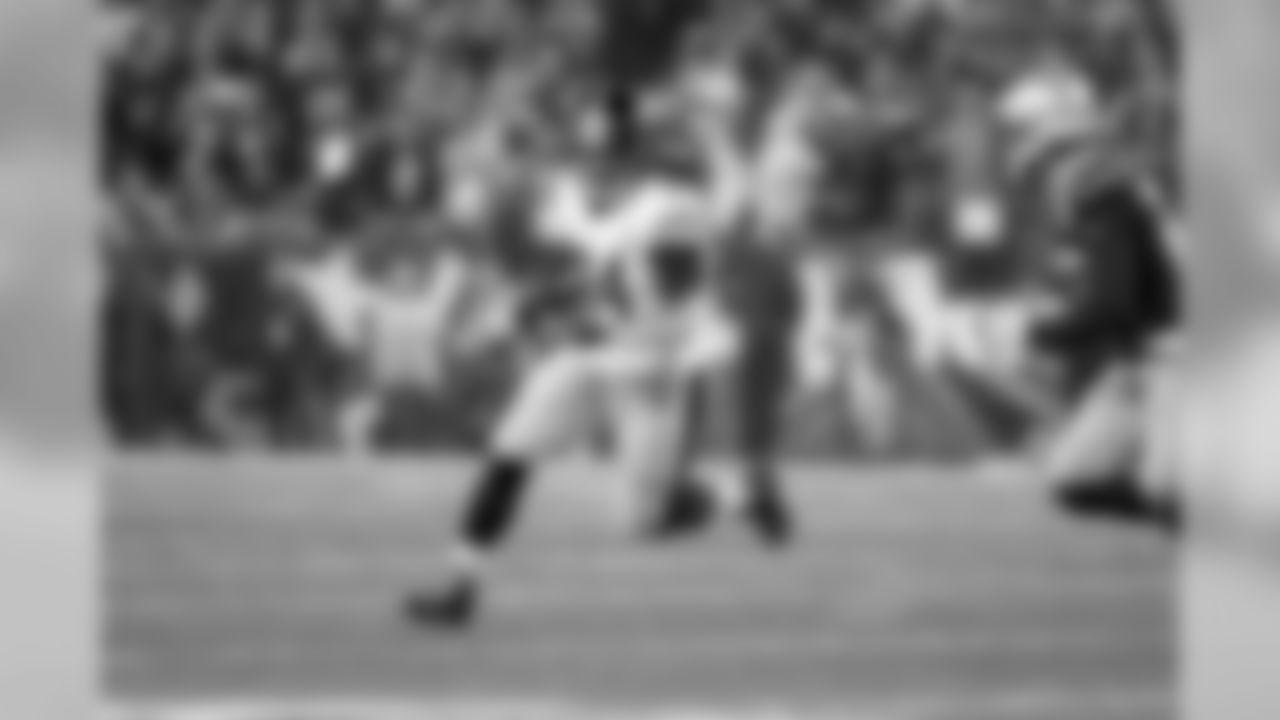
In 2015, the Steelers had no dropoff when forced to turn to Williams when Le'Veon Bell was injured. He's still reasonably productive when needed, and he is a quality locker-room presence, but he turns 34 in April.
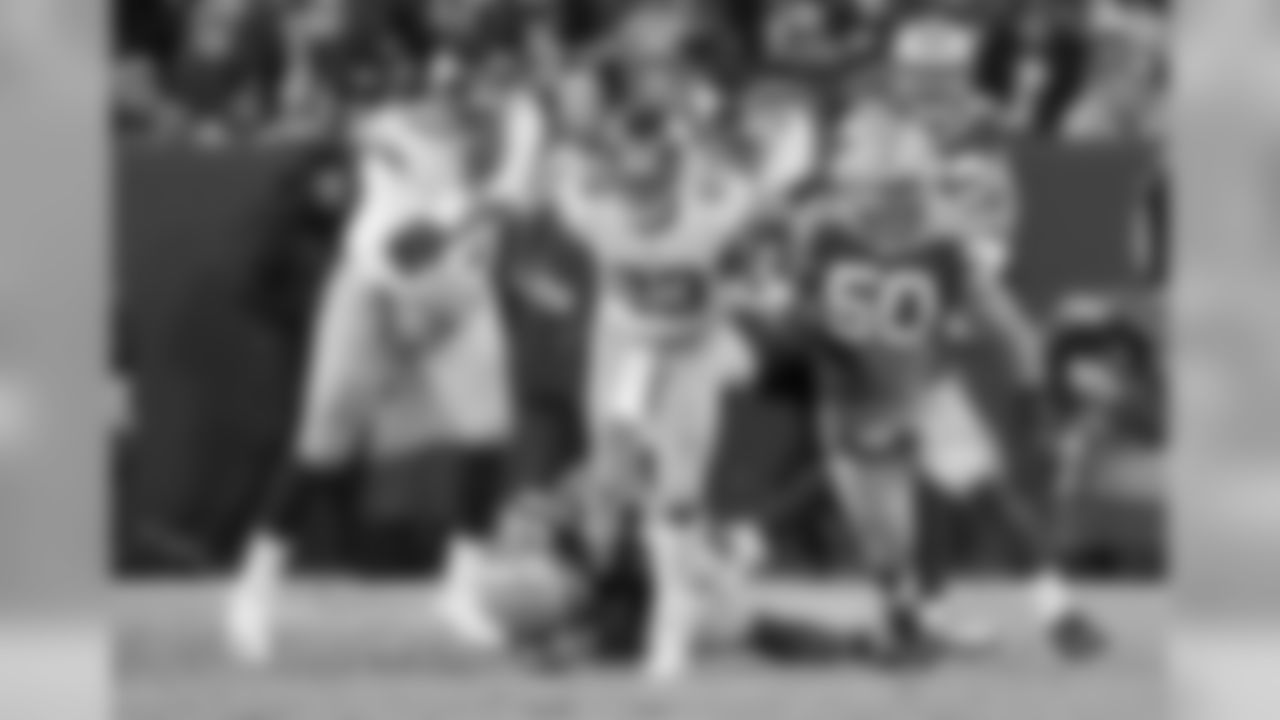
Declining production and advancing age (33 next month) led the Giants to release him this week. Jennings' historically steady production dipped last year, and although he has just seven career fumbles in 1,221 career touches, he might have to wait a while for his next contract.
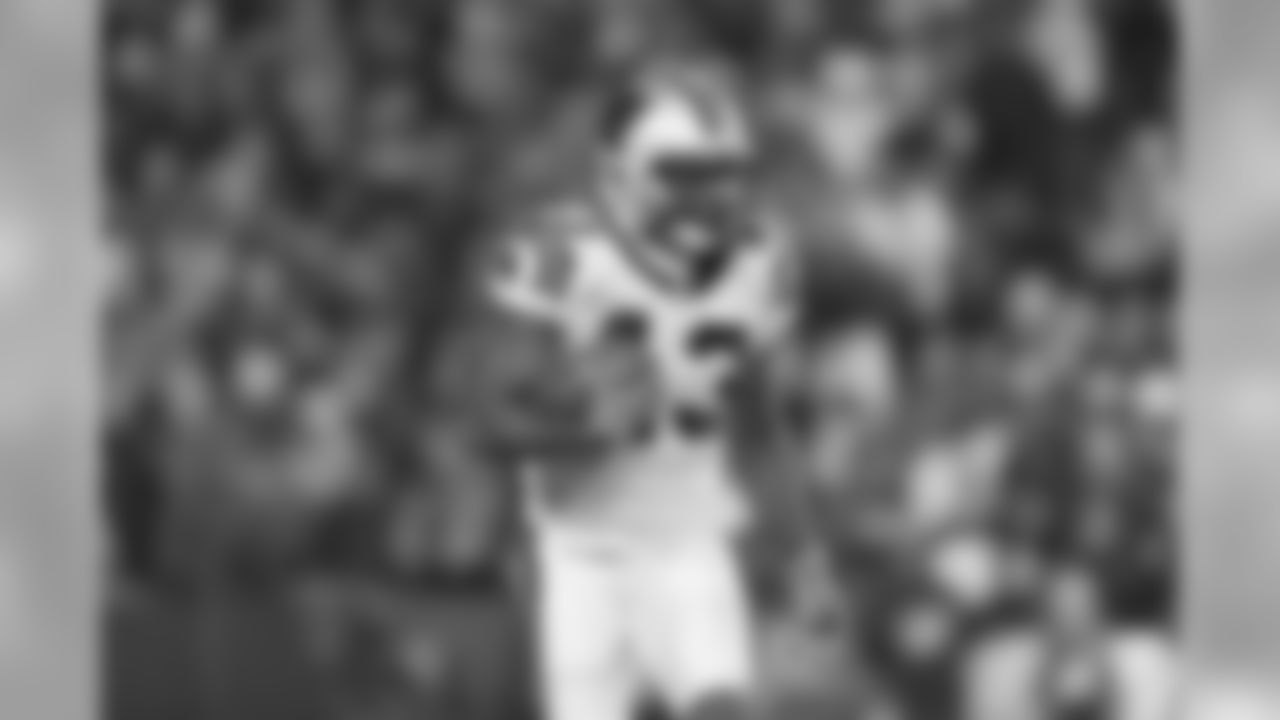
Muppets jokes aside, the 28-year-old Whittaker has always been productive in limited work, and had a career-best 491 yards from scrimmage on 57 attempts and 25 receptions last year.

A torn Achilles tendon ended his 2016 campaign in the preseason, but if he recovers, the Chargers seem likely to bring him back, especially with Woodhead expected to hit the market.

Turbin was effective as a target out of the backfield for the Colts last year, and might have added another two or three years to his career by showing what he could do in space as a receiving target.
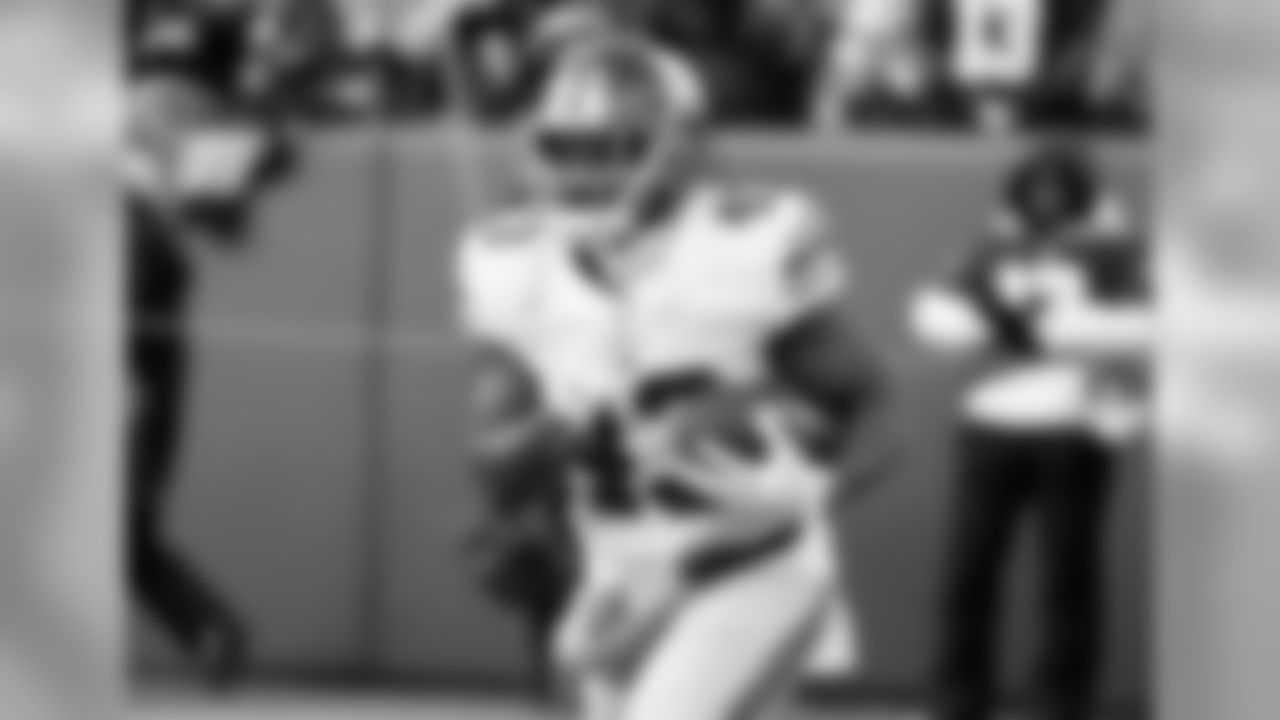
In the last two years, he hasn't recaptured his production from the 2013-14 seasons with the Buccaneers, when he was a dependable relief option for Doug Martin. He's relatively fresh, but turns 30 during the season.

He's trending in the wrong direction, with steadily declining production following a rookie season in 2013 in which he gained 1,023 yards from scrimmage on just 157 touches (a 6.52-yard average). Last year, he averaged just 3.93 yards per touch -- and 2.82 yards per carry.

He's effective catching passes out of the backfield, but a career 3.5-yards-per-carry average -- including 3.3 in 2016 -- means he's only viable as a backup option.
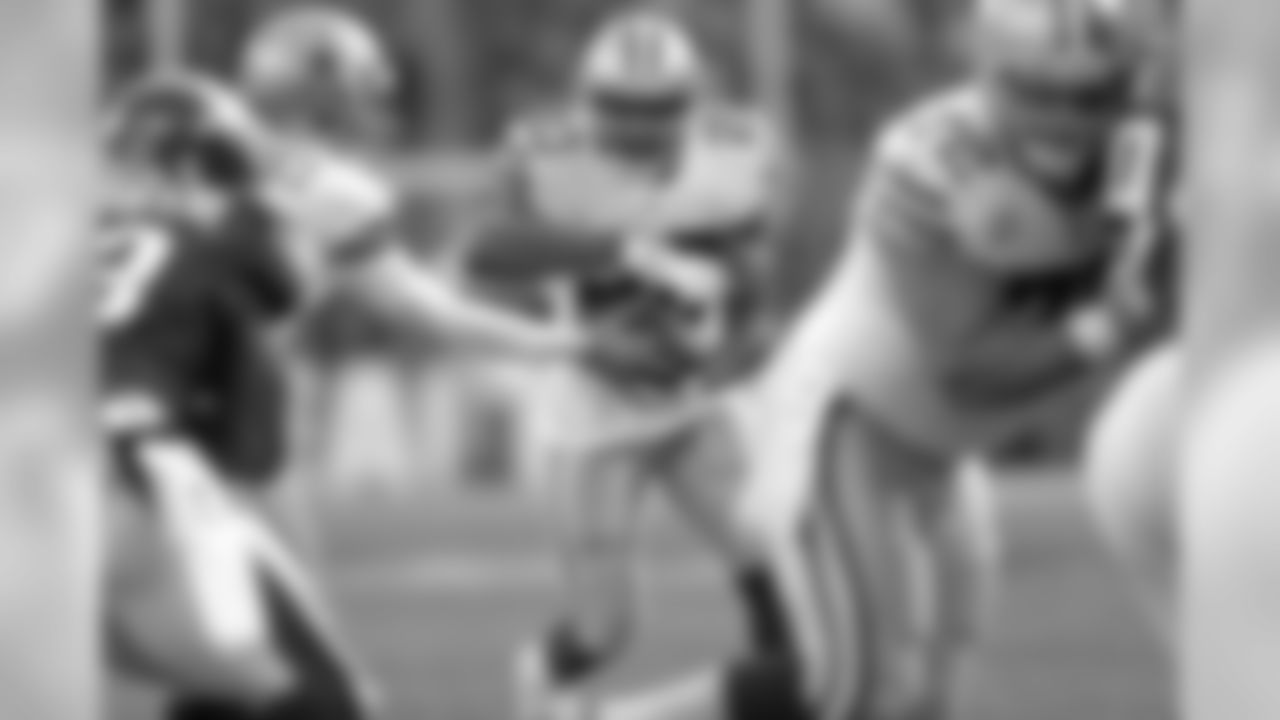
Despite 7,537 career yards from scrimmage in nine seasons, his career remains one of the great might-have-beens in recent NFL history, as he hasn't been the same since foot problems struck in 2011. McFadden's average per carry has hovered at 3.6 yards or worse in four of his last five seasons.

He's just a year removed from leading a world champion in rushing, and should eventually land in someone's camp with a shot at joining their rotation.
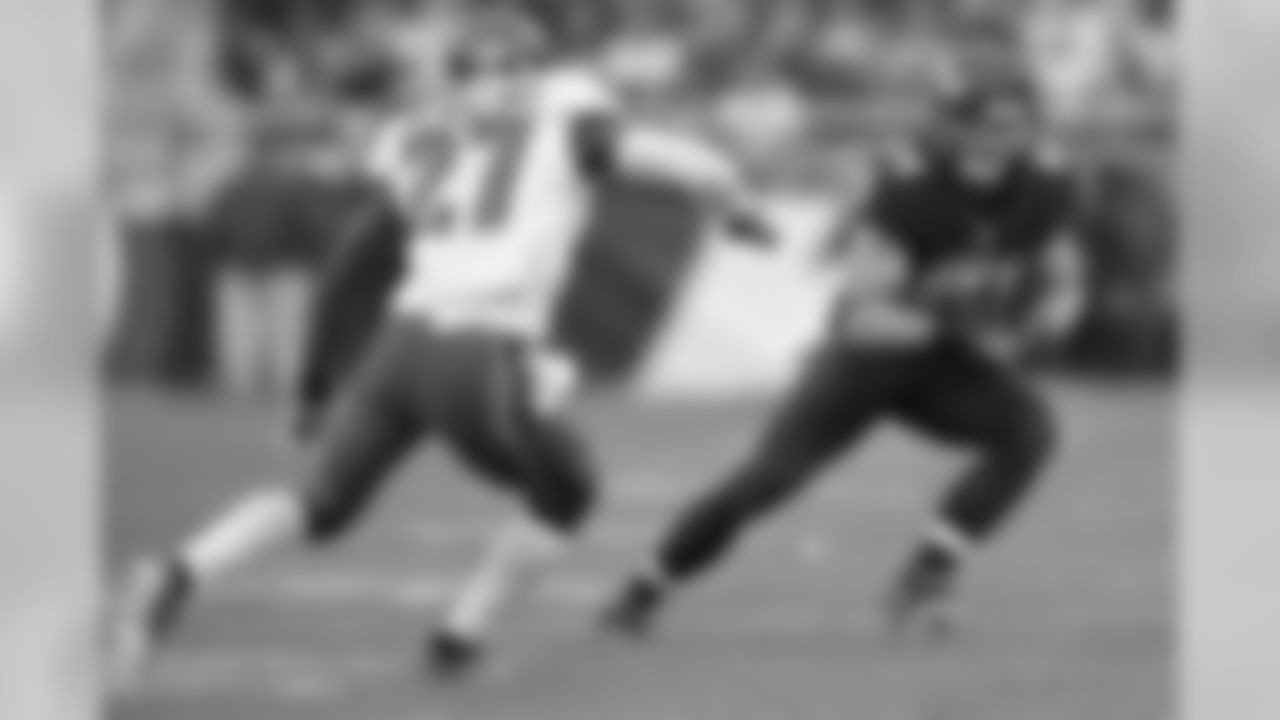
The complete package at fullback. Baltimore began finding more ways to use him in 2016 and whether he returns to the Ravens or moves on, the team that adds him will likely incorporate him into the offense as much as possible, since he's a quality target as well as a devastating blocker.

LeGarrette Blount owes Develin a debt of gratitude for giving just enough space for the tailback to score 18 times this year, most from short-yardage situations with Develin as the lead blocker.

A 31-yard reception in the NFC Championship Game showed DiMarco's skills with the football, and his blocking was an underrated aspect of the Falcons' powerful 1-2 backfield punch of Devonta Freeman and Tevin Coleman.

New Bills offensive coordinator Rick Dennison likes to utilize the fullback, and if he doesn't like his chances of finding a free-agency upgrade, there's ample reason to bring Felton back, starting with the production of LeSean McCoy and Mike Gillislee working behind him.

The Seahawks need all the quality blockers they can find -- even if they aren't on the offensive line -- so bringing back the 31-year-old former Raiders standout seems like a logical move.

A converted tailback, Line was less effective last year without Adrian Peterson in the backfield -- which is understandable. Minnesota could opt to get younger and look for more power from the position.
Who will be the best receivers on the market during the 2017 NFL free agency? Andrew Mason gives you his overview. (AP Images)

Having long since proved that he's not a product of Peyton Manning in Indianapolis, the durable Garçon had his highest per-catch average in four years last season (13.2 yards) and has more receptions in the last four years than all but six players. Other receivers have more sizzle, but with Garçon, you know what you're going to get: precise routes and steady production. At 30, he's aging well and should have plenty left in the tank.
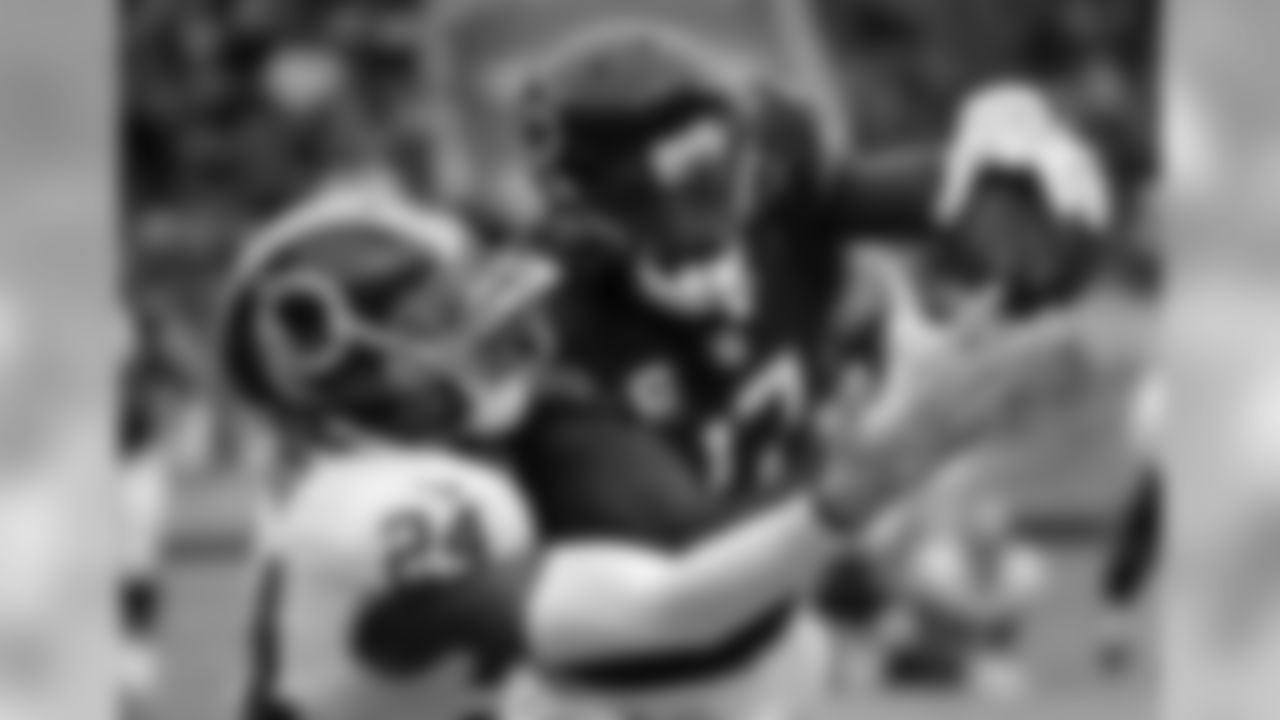
He's missed 11 games in the last two seasons and got caught up in the Bears' offensive struggles, particularly last year, when he caught 52 passes -- his lowest total since his his rookie season. He's still capable of stretching the field, and if he can stay healthy, should be able to reach his 2013-14 peak production once again.

Four 100-yard games in the last six weeks of the 2016 season pushed him over 1,000 yards for the fifth time in nine seasons and showed that he still has the same explosiveness he's always possessed. You have to accept that he will likely miss at least a bit of time because of injuries; he's only made it through a full 16-game schedule once in the last eight campaigns, and has missed 14 games over the last five seasons, but there are few better speed threats in the NFL.

The Browns' massive cap room means there's no reason why they can't fit Pryor on their roster, even if they have to use the franchise tag. He's still developing as a wide receiver, but he had 1,007 yards on 77 receptions last year in spite of Cleveland's lingering QB issues. What could he do with a strong triggerman?

Quietly productive, the Minnesota State product had a breakthrough season last year, working mostly in the slot to catch 69 passes for 967 yards and five touchdowns. A 12-catch, 202-yard game against the Packers in Week 16 punctuated his season. If the Vikings lowball him on their offer sheet, someone will up the ante on Thielen, who appears ready to break into the ranks of the NFL's perennially productive receivers.

The 6-foot-3, 205-pounder capitalized off injuries to emerge as a solid target for Philip Rivers last year, notching 810 yards and four touchdowns on 58 receptions. But at 28, he's older than a typical restricted free agent, because he spent two seasons with the CFL's Toronto Argonauts before he made the jump to the Chargers in 2014. So his long-term upside might be limited compared to other three-year veterans.
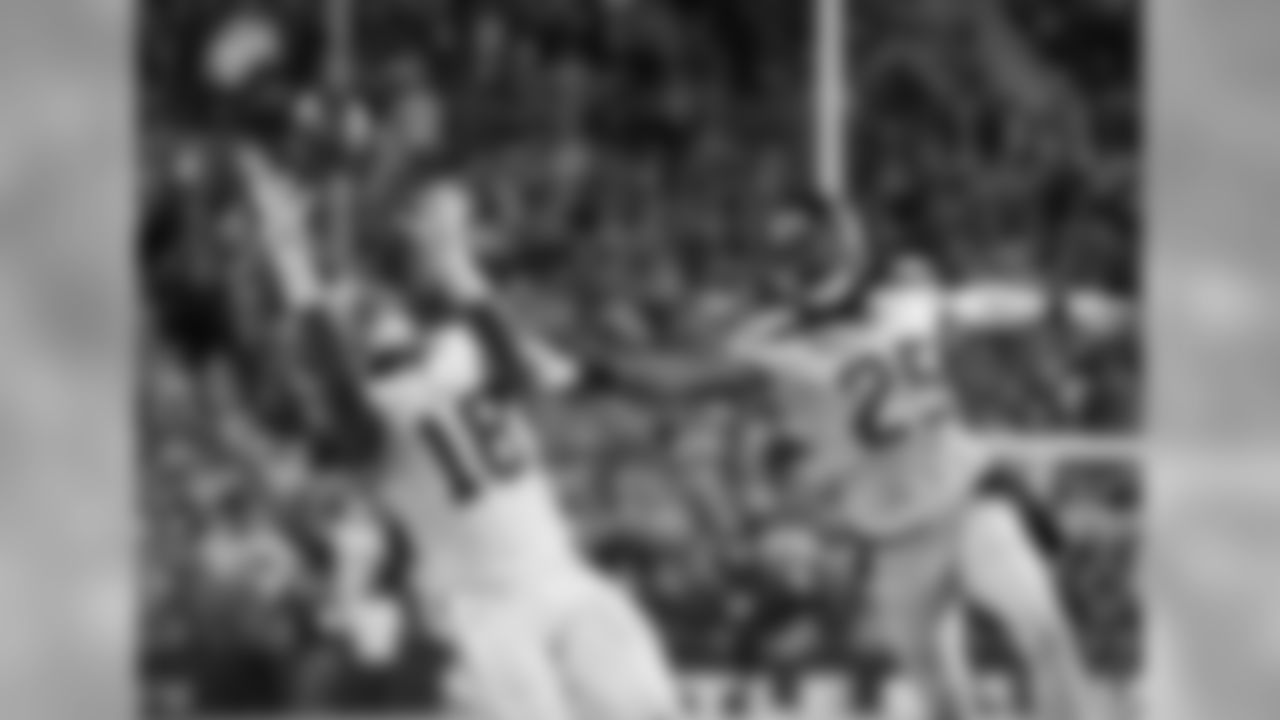
Britt notched his first career 1,000-yard campaign in his eighth NFL season despite the Rams' issues at quarterback with Case Keenum and Jared Goff splitting the season. Britt played for Jeff Fisher in Tennessee, St. Louis and Los Angeles, and that connection might ensure the Rams decided to move on as they try to remove as much as they can from their struggles of recent years.
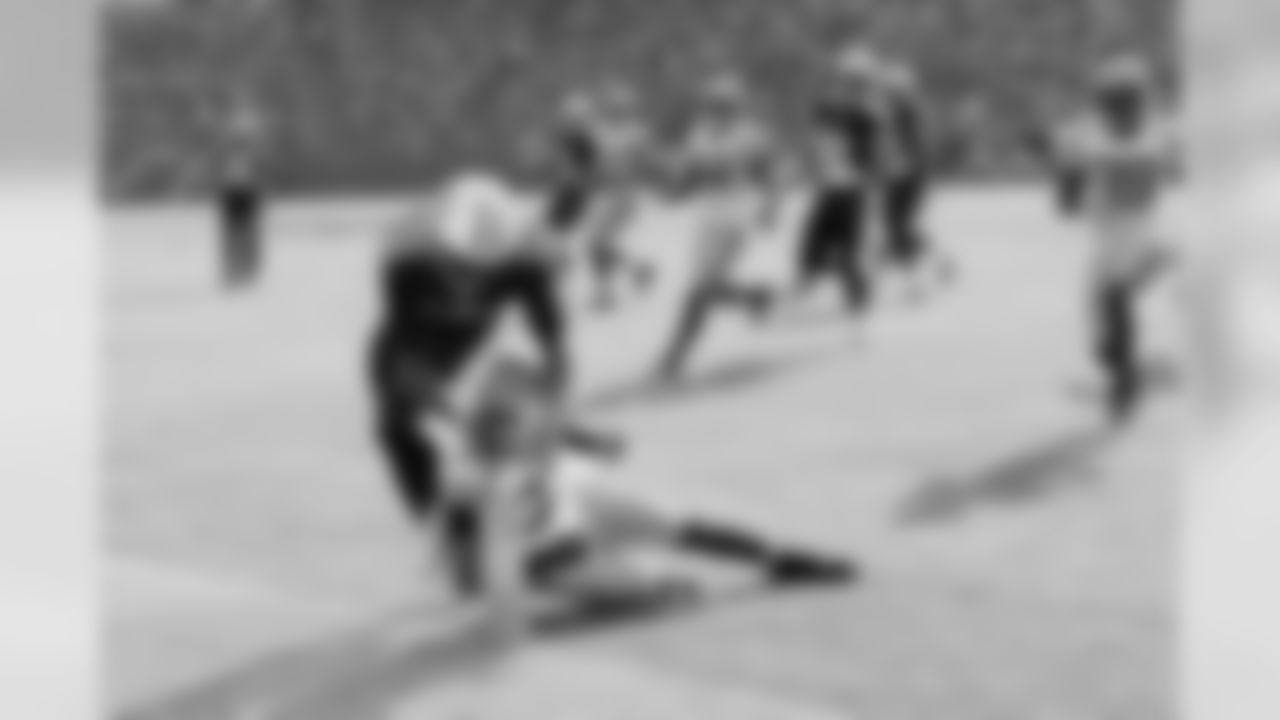
A day after the 2016 season, Wright declared that he would not be a part of the Titans going forward, and that's probably just as well. His numbers declined the last two years as the Titans moved toward their run-heavy "exotic smashmouth" attack, which limited opportunities for Wright as a slot receiver. He'll also have to show that the tardiness that made him a healthy scratch from the Titans' Week 14 win over the Broncos is a one-time thing, and not a sign of deeper issues.

A solid bounce-back season after he struggled in 2015 got him on the right track, and offered assurance that his career-worst campaign of 2015 was an aberration. Stills can stretch the field, evidenced by his career average of 16.7 yards per reception. Dropped passes remain a problem, however.

One of the few bright spots in the 49ers' dismal season, Kerley posted 664 yards and three touchdowns on a career-best 64 receptions in his first year starting more than half of the games in the season. Kerley's status is just part of a series of broader questions for the 49ers at wide receiver, as Quinton Patton and Rod Streater join Kerley in being eligible for unrestricted free agency. New GM John Lynch and head coach Kyle Shanahan could opt to overhaul the entire position group.

It's not about his production as a wide receiver, but his explosive capability on special teams. Patterson has yet to reach his potential on offense. Although he grabbed a career-high 52 passes last season, he averaged just 8.7 yards per reception. But his whopping 30.4-yard kickoff average for his career -- with an average of one touchdown every 26.8 returns -- will draw some interest around the league, especially among teams who return kickoffs at a higher rate than others.

His talent is undeniable, reflected by a 17.1-yard career per-catch average and 2,754 yards and 14 touchdowns on 161 receptions over just 35 career games. But he hasn't played a regular-season game since 2014 because of alcohol issues, and his expected return last year was scuttled by a stint in an in-patient rehabilitation facility just as he neared eligibility to return. Only a team with a strong support infrastructure, a mature locker room and depth at receiver will be in position to take a chance on Gordon.
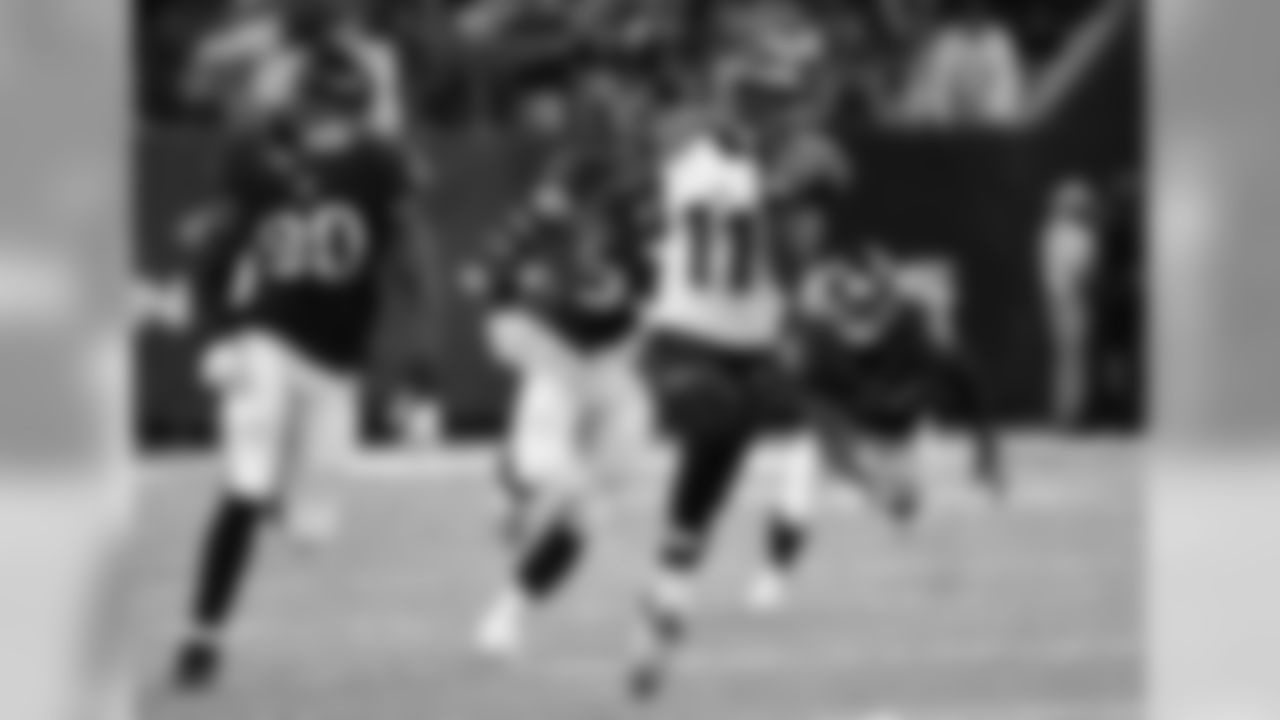
His single season in Cincinnati -- 862 yards and six touchdowns on 64 catches -- was in line with his 2014 production as a Patriot, but those two campaigns sandwiched a disappointing 2015 season that led to his departure from New England. LaFell is a decent complementary receiver, and could represent good value a week or two into the signing period -- even though he should end up getting more than the one-year, $2.5 million deal under which he played last season.

Boldin turned 36 during the season and isn't the downfield threat he once was; last season he averaged just 8.7 yards per reception, but did grab eight touchdown catches in a 67-catch, 584-yard season. His age and lack of speed probably ensures he'll linger on the market, but as a complementary target, he's still viable and capable of adding to career totals that should, at minimum, make him a finalist for the Pro Football Hall of Fame.

Floyd was enduring the most disappointing season of his career prior to a DUI arrest in Arizona that led to his release, and in the past three seasons his performance has not matched his potential. A 1,041-yard season in 2013 remains the only time he's cracked four figures in a single season.

The Falcons aren't likely to let Gabriel loose after he emerged in the second half of the 2016 season; in the 12 games from Week 8 through Super Bowl LI, Gabriel caught 36 passes for 743 yards and six touchdowns, which would put him on nearly a 1,000-yard pace for a 16-game season.

A change of scenery might be the best thing for Woods, who has just three 100-yard performances in 57 career games and has not lived up to his potential in a series of steady, but unspectacular seasons -- all with between 40 and 65 receptions and 550 to 700 yards.

A product of Colorado Springs' Wasson High School and Northern Colorado, the 34-year-old Jackson's production has dipped because of injuries the last two seasons that limited him to just 15 games in that span. Prior to the last two seasons, Jackson notched six 1,000-yard campaigns in a seven-season span with San Diego and Tampa Bay. How capable is he of using his 6-foot-5, 230-pound frame to his advantage given his advancing age and injury issues?
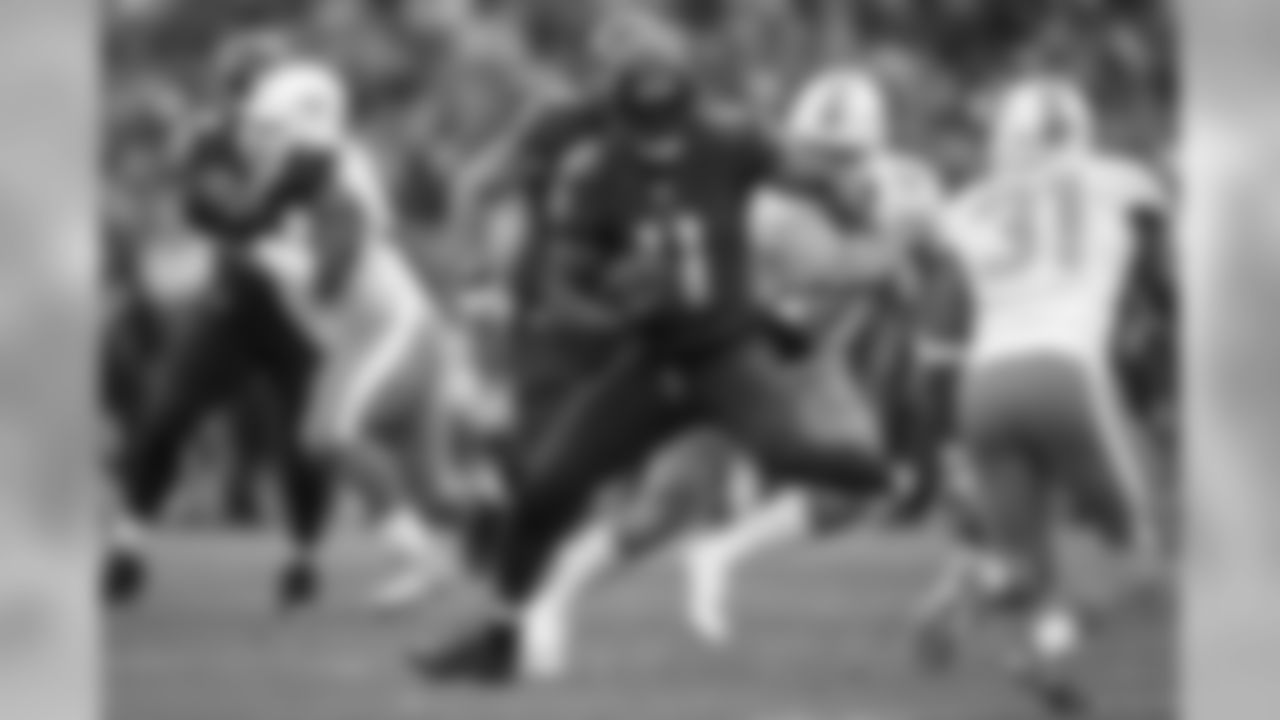
The return of Steve Smith Sr. to the lineup last year cut into Aiken's numbers last year, and after what he called a "very frustrating" season, he appeared ready to move on once the 2016 season ended. Aiken is a good route-runner who can make plays in traffic and enjoys getting physical, having honed his one-on-one combat skills on kickoff and punt coverage early in his career before making his 2015 breakthrough as a wide receiver.

After missing most of the 2014 season and all of the 2015 campaign with a torn patellar tendon, Cruz wasn't the same player in 2016, finishing with just one touchdown and 586 yards on 39 receptions. At 30 and with his explosiveness uncertain, he'll likely have to play on a short-term prove-it contract in trying to get back to his old form.

Ginn's last two seasons as a wide receiver were his best since 2008, his second campaign in the league. But he'll be 32 in April, and he's started showing his age on returns in recent years; his average of 7.0 yards per punt return in 2016 was his worst since 2009 and was 3.5 yards below his career average.

Teammate Brice Butler is also an unrestricted free agent, and is taller (by one inch) and larger (by five pounds) than the 6-foot-2, 210-pound Williams. But Williams is far more productive, he's had steady production of between 594 and 840 yards in each of his four campaigns, and has never missed a regular-season game.

A career-best season last year despite the Rams' quarterback quandary offered evidence of his potential, but he may need a change of scenery to achieve it.

He had some solid production in bursts last year, but also dealt with a pair of concussions during the season. Nevertheless, the vertical threat he poses should earn him a contract somewhere.

After catching just six passes in his first two seasons, Patton had 67 receptions the last two years -- but has just one career touchdown.
Who will be the top interior linemen on the market during the 2017 NFL free-agency period? Andrew Mason weighs in. (AP Images)

Wisconsin has produced some outstanding offensive linemen in recent years, including free-agent tackle Ricky Wagner, but Zeitler may be the best of the bunch, equally adept in pass protection and as a run blocker. Although he's not the quickest interior lineman, Zeitler compensates with good fundamentals and outstanding power off the snap.
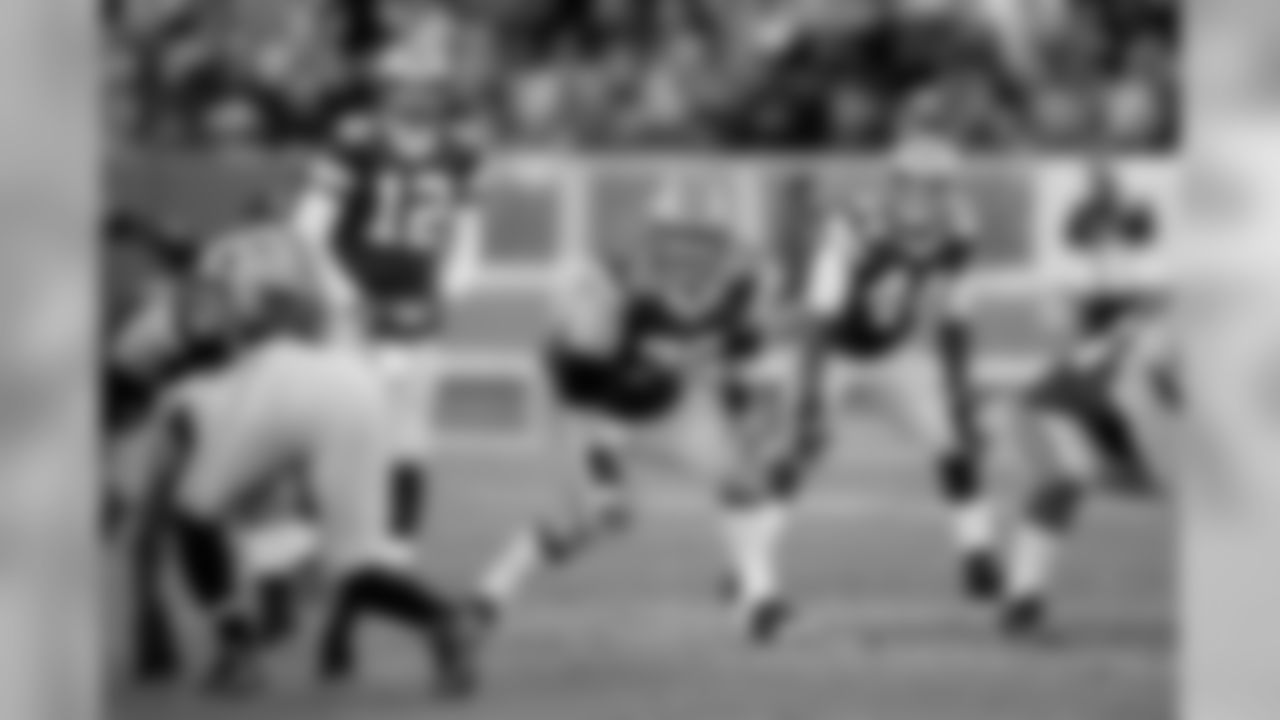
An outstanding pass protector, Lang did not allow a sack or a quarterback hit last season, according to ProFootballFocus.com -- although playing in front of Aaron Rodgers is helpful in that regard. Nevertheless, Lang's metronomic consistency in recent years has made him the fulcrum of Green Bay's line. The only potential negatives on Lang are health and age; he turns 30 in September and a report in the Wisconsin State Journal last week noted that Lang is still on crutches following a Jan. 30 hip surgery. He's also recovering from a broken left foot suffered in the NFC Championship Game. But the Pro Bowler should be healed and ready for the upcoming season, and he has a reputation for long-term durability, missing just five regular-season games in the last six years.

Last season saw Warford return to form after an up-and-down 2015 campaign. Befitting a 333-pounder, Warford is stronger as a road-grading run blocker than in pass protection. He's not the quickest guard, but he has sufficient quickness for his size, and has overcome some nagging injuries that cost him three games in each of the 2014 and 2015 seasons.
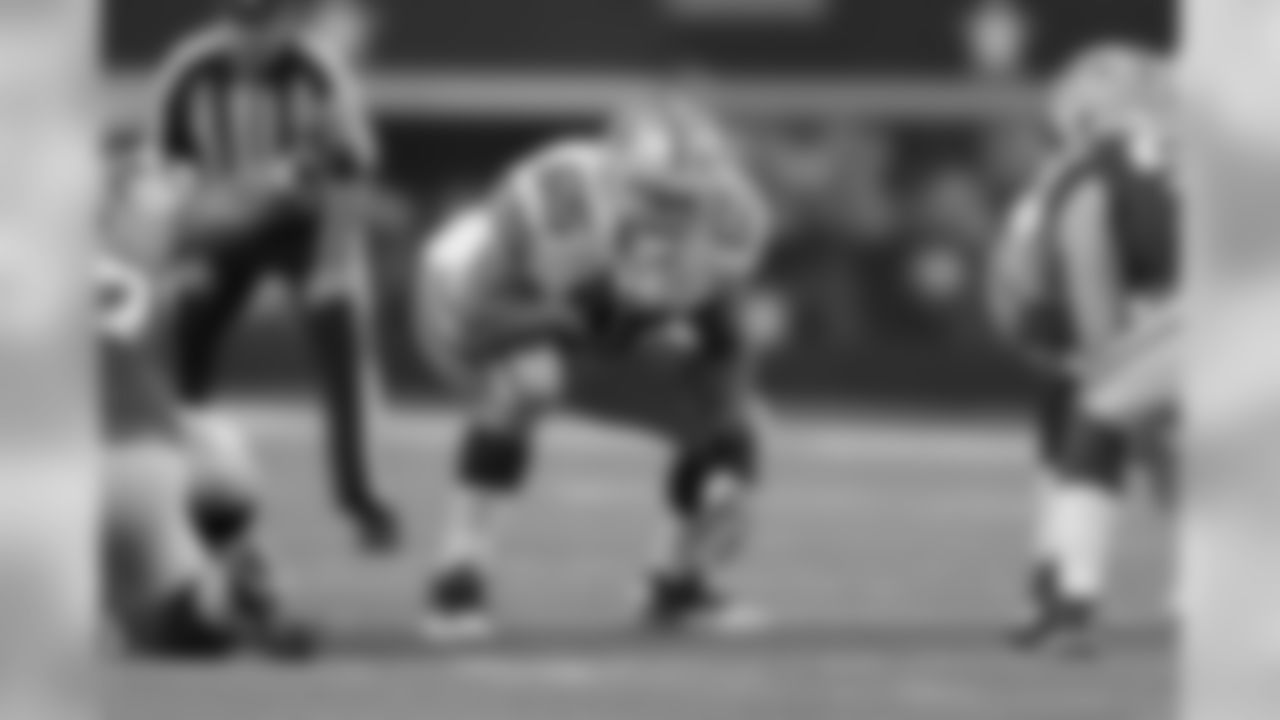
Leary's play after he stepped back into the starting lineup in place of the injured La'el Collins ensured that the most dominant line in football didn't miss a beat. There's not an obvious starting spot for him in Dallas, but he should quickly find a home -- and a sizable contract.
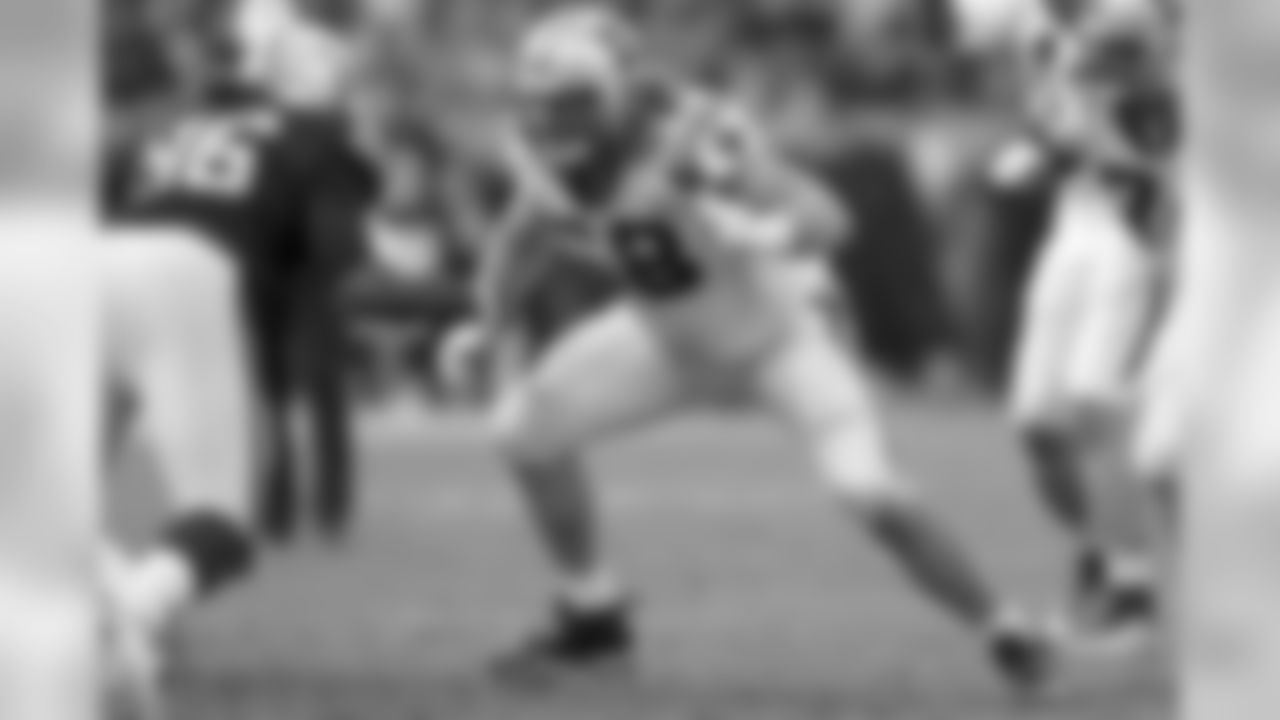
A bright spot on a line that has endured some rough spots, Norwell has started 43 of a possible 46 games (including playoffs) since moving into the starting lineup midway through the 2014 season. He broke into the league as an undrafted signee in 2014, so his viability on the market will depend on the value of the restricted tender the Panthers hand him.

Before a knee injury ended his season in Week 8, Tretter was having the best campaign of his career. Knee and ankle injuries have been the persistent issue for Tretter, who started just 11 games (including playoffs) over four Packers seasons and played in just 31 overall. Tretter has positional flexibility, having started at both left and right tackle in addition to center.

It took eight seasons and five teams -- including three for which he toiled on the practice squad -- before Shipley finally found a semblance of stability as he did last year, settling in as the Cardinals' center after a career in which he started 22 games from 2009-15 at center, left guard and even as a tackle-eligible lineman. The 2016 season was easily the best of Shipley's career, and he proved to be an adept run blocker, springing David Johnson for some solid gains up the middle.

Hawley bounced back nicely the last two years after being released by the Falcons before the start of the 2015 season, and started 29 games for the Bucs in 2015 and 2016 -- six more than he started in the five years he spent in Atlanta. Bucs coach Dirk Koetter told PewterReport.com last month that the team could move Ali Marpet to center, which could leave Hawley on the outside looking in, but for a fair amount of teams, he would represent an upgrade.

After lingering on the market last year, the Saints eventually re-signed him. He isn't the player he once was, but he should have another solid year or two left in him -- and could re-sign with the Saints late in the free-agency period once again.
![Until last season, Wisniewski started every game in which he played since entering the NFL in 2011 with the Raiders. The Eagles moved him back to left guard, a position at which he started 15 games as a rookie, after he started at center from 2012-14 in Oakland and in 2015 with the Jaguars. Working as a backup last year was "definitely weird," he told CSNPhilly.com after the season ended. "[It] didn't work out exactly how I might've thought."](https://static.clubs.nfl.com/image/private/t_new_photo_album/t_lazy/f_auto/broncos/hdnrrsaqm0x5pgjowijm.jpg)
Until last season, Wisniewski started every game in which he played since entering the NFL in 2011 with the Raiders. The Eagles moved him back to left guard, a position at which he started 15 games as a rookie, after he started at center from 2012-14 in Oakland and in 2015 with the Jaguars. Working as a backup last year was "definitely weird," he told CSNPhilly.com after the season ended. "[It] didn't work out exactly how I might've thought."
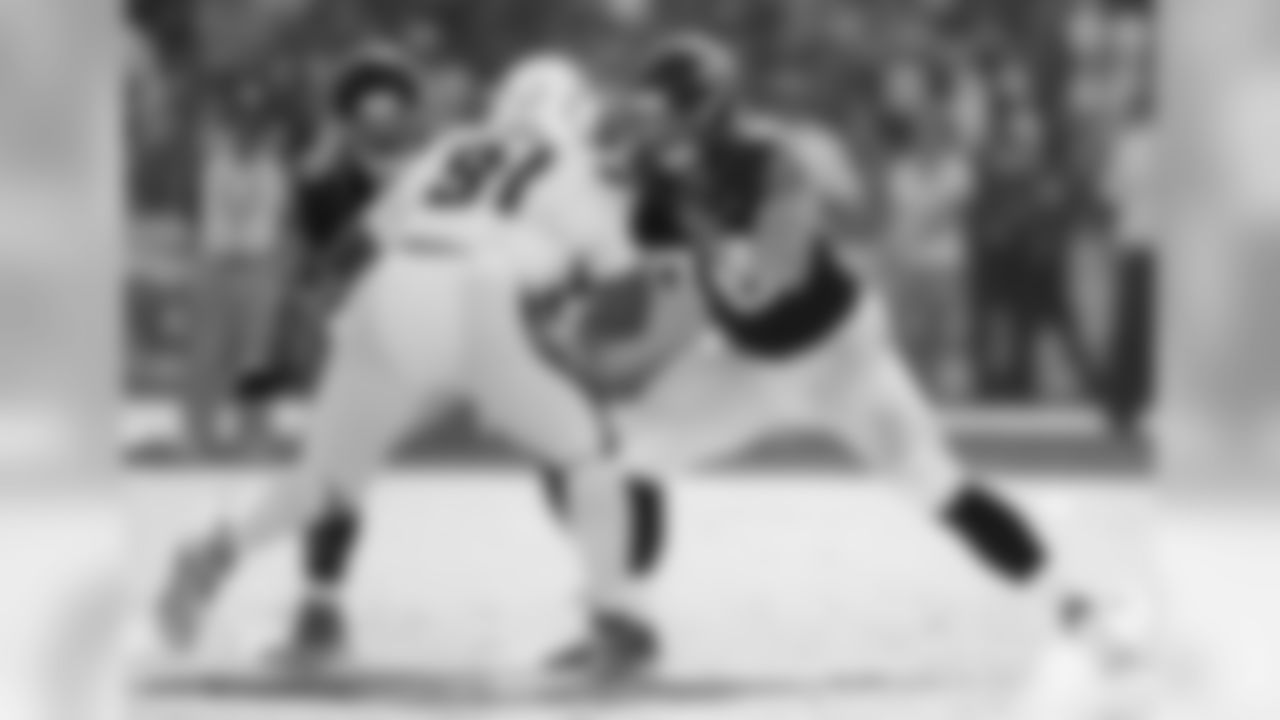
After struggling at left tackle to the point where the Jaguars declined to pick up his fifth-year option, Joeckel looked steadier at left guard early last season before succumbing to a severe knee injury in Week 4 that saw him tear the ACL, MCL and meniscus in his left knee. The athleticism that made him the No. 2 overall pick in 2013 will ensure he gets another shot, but will the injury permanently derail what appeared to be a promising shift inside?
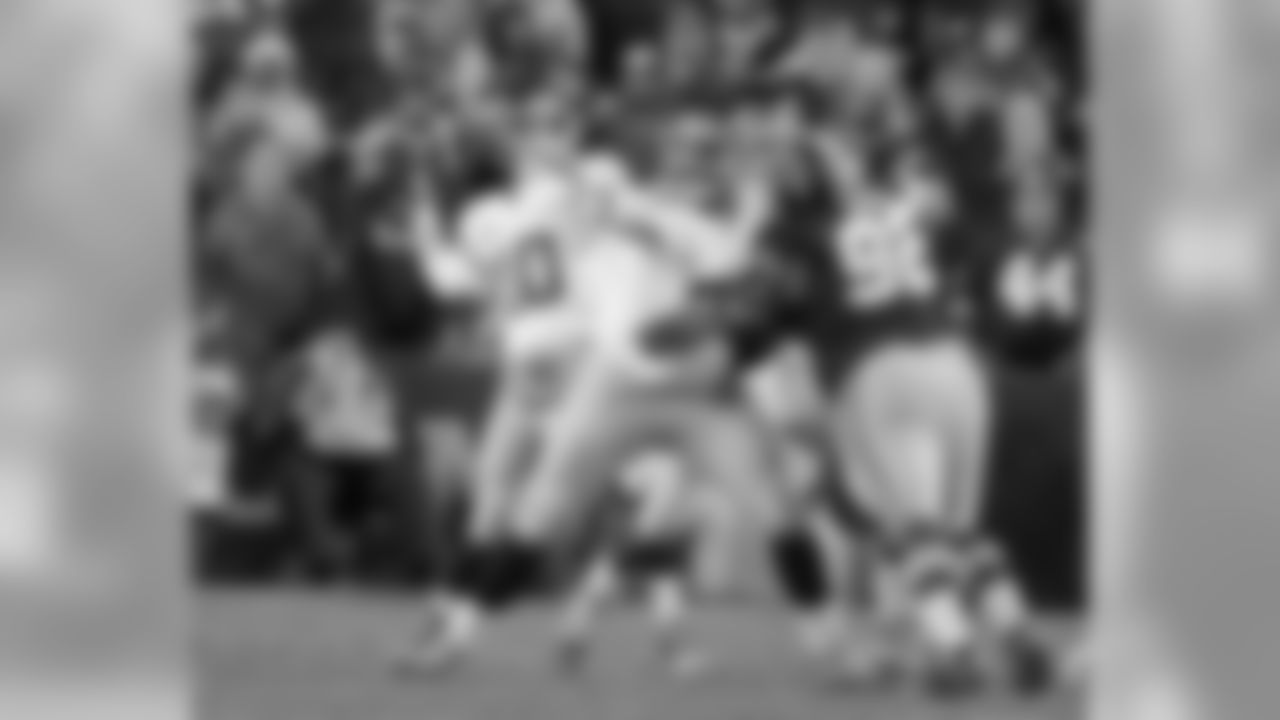
A career starter who turns 31 in June, Jerry had an up-and-down three years with the Giants, but he remains adept as a pass blocker, which should get him into someone's starting lineup.

Roy started seven games down the stretch for the Bills last year, and played the steadiest football of his three seasons to date, filling in for Eric Wood. Groy told WGR-AM 550 in Buffalo that Bills GM Doug Whaley said the team was "interested in re-signing me," which would seem to be wise given that Groy can likely be brought back at a reasonable price.

Minnesota released him this month after a season on the non-football illness list. Harris told the (St. Paul) Pioneer Press last month that he felt "fine," but continued to decline to discuss the nature of the illness that kept him sidelined.
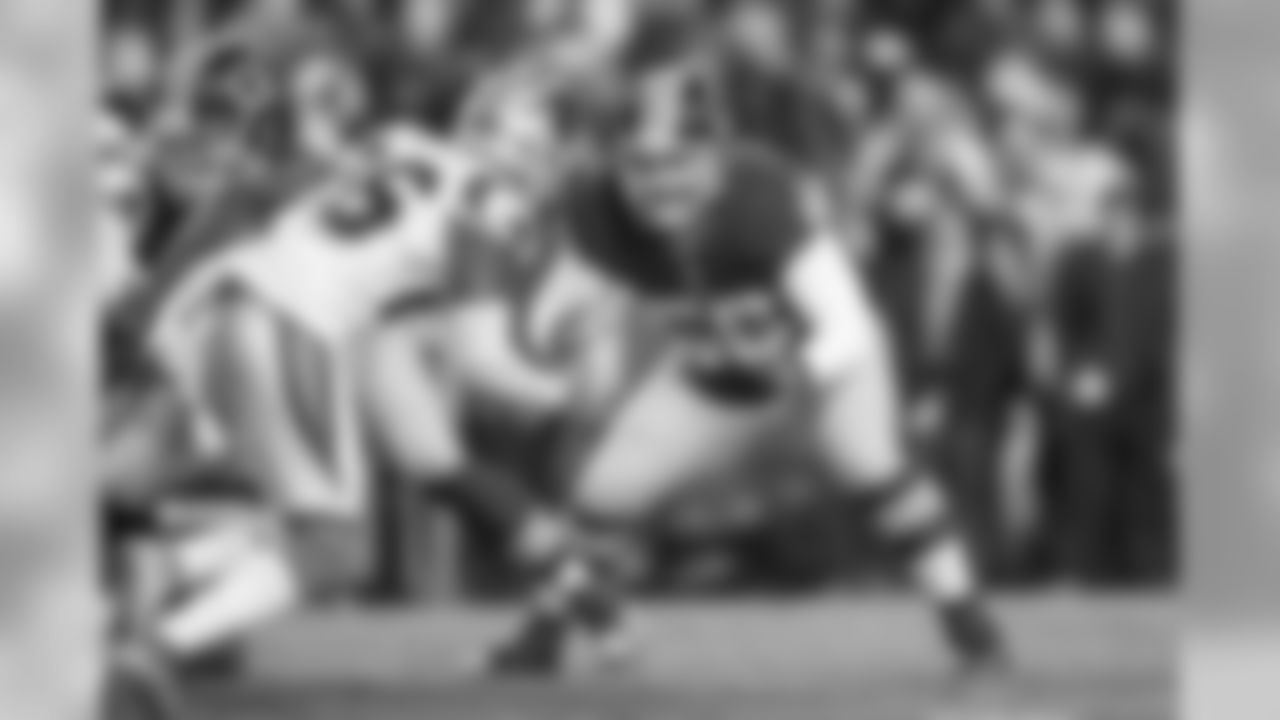
A solid full-time starter as recently as 2014 with the Vikings, Sullivan showed he still has first-team-caliber ability when he stepped into action during a pair of December games last year.

A promising midseason stretch at left guard could earn him a larger opportunity on the market after he hopscotched from San Francisco to Tampa Bay and on to Chicago before landing in Jacksonville last year. Omameh can play both guard spots and has improved at using his size and reach to his advantage.

Minnesota shifted Fusco to left guard in 2015, then moved him back to right guard last year after he struggled. But he never recaptured his old form at his old position, leading to his release. Fusco was an effective run blocker for Adrian Peterson earlier in his career, and at 27 still has some upside in the right situation.

Warmack did not have his fifth-year option picked up and has struggled the last two years, allowing far more pressure than you would want on the inside. A fresh start might help Warmack recapture the form he showed in 2014, when it looked like he was on the path to living up to his top-10 draft pedigree.

Re-signed to a one-year deal by the Packers last year, Barclay struggled down the stretch in 2015 and was a backup for most of the 2016 campaign. Fourteen of Barclay's 24 career starts came in the 2013 season -- which was before the torn ACL that knocked his career trajectory off course.
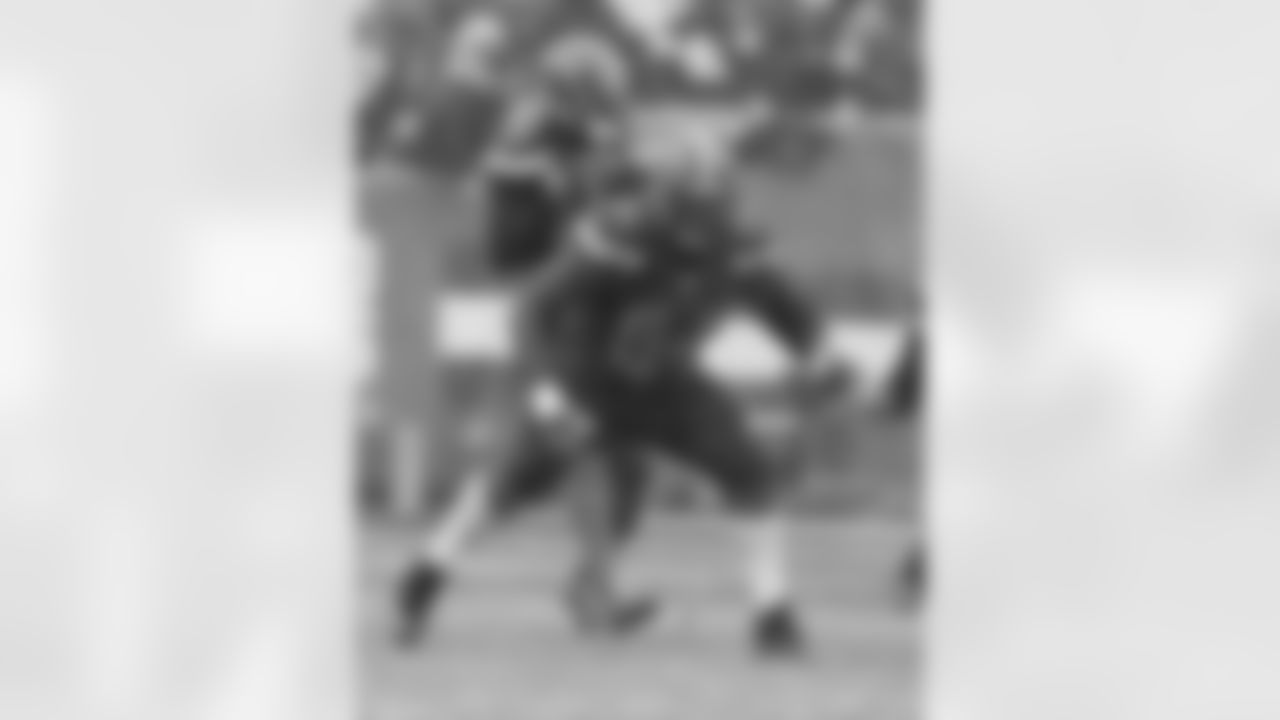
A first-round pedigree could get him another shot, but the Cowboys were his fourth team in just four seasons, and he hasn't started since he was in Arizona. The fractured left fibula he suffered during his rookie preseason has prevented him from reaching his potential.
Andrew Mason ranks the top 20 free-agent quarterbacks who may hit the market when the signing period begins. (Photos by AP)

It would come as a shock if the Redskins don't re-sign or place the franchise or transition tag on Cousins, but if they choose to do neither and let him test the market, he is a lock to get the biggest contract of anyone available this year, given the dearth of viable starting quarterbacks on the market. Washington can place the tag on Cousins between Feb. 15 and March 1; if they follow their pattern from last year, they'll wait until within a day or two of the deadline before placing any tag on the Pro Bowler.

The playoff meltdown in his final start with the Houston Texans 13 months ago is a scarlet letter on his resume, but he delivered in five starts for the Bears last year, finishing the season with a career-best 98.0 rating on 134-of-200 passing for 1,445 yards, six touchdowns and no interceptions. The four-interception playoff performance for Houston is the aberration; in the last two regular seasons, he has 25 touchdown passes against just seven interceptions. Hoyer isn't going to carry a team on his shoulders, but with a decent supporting cast, he's good enough and consistent enough to warrant a starting role.

The passage of time works against McCown, who turns 38 this July. Nevertheless, a steady 85.9 rating over the last four seasons with the Bears, Buccaneers and Browns ought to compel someone to give him a look as a stopgap; he could be an option for a team that doesn't find a QB of the future in this year's draft to get through the season.

The voiding of his contract last week made Fitzpatrick a free agent, but he is unlikely to find any opportunity that assures him of a starting job after his worst campaign since his rookie season. Fitzpatrick's spiral began in the regular-season finale of the 2015 campaign and never reversed itself, yet because of injury and circumstance, the Jets couldn't fully extract him from their lineup last year. The 12-year veteran was willing to wait until the Jets came back to him last August, and he could be just as willing to sit and wait out the market again this year.

Jameis Winston's arrival in 2015 brought an end to his Tampa Bay opportunity; he hasn't started in the last two seasons and has thrown just 11 regular-season passes. Scattershot preseason performances last summer did not help his cause, and his career sack rate of one every 12.25 pass plays is also a concern. But with a career 84.6 rating, the 27-year-old veteran could be an option with some still-untapped value for a QB-needy team that doesn't like its draft options this year.

He didn't distinguish himself in nine starts with the Rams last year and seems likely to settle in as a long-term backup somewhere. He hasn't matched his early performances in 2013 with Houston over the long term; his rating of 83.7 in the games he started under then-coach Gary Kubiak has become a 76.2 rating in all the games he's played since the Texans dismissed Kubiak late in Keenum's first season as a starter.

Ten interceptions in his final three starts with the Bears last season tarnished what had been a promising beginning to his time as a starter, but his work should be enough to give him an opportunity as a team's clear No. 2 quarterback.

The 49ers had myriad problems last season, but Gabbert didn't do anything to fix them, and despite his first-round pedigree, his middling touchdown-to-interception ratio, 71.5 career rating and completion percentage of 56.0 bellow, "backup."
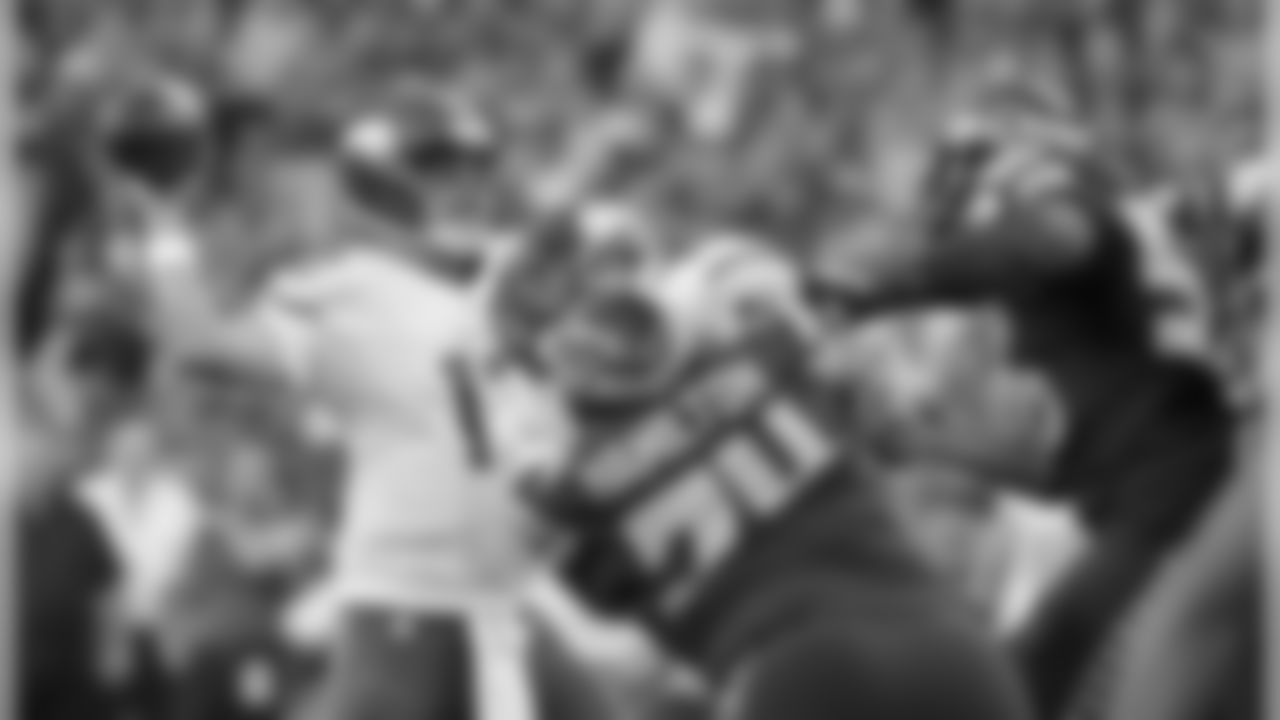
You know what you're getting with the 37-year-old Hill -- a steady locker-room presence who can play at a league-average level in a pinch. Hill started one game in two years as Minnesota's backup behind Teddy Bridgewater and later Sam Bradford.

Cassel turns 35 in May, and offers more in terms of counsel and assistance in the meeting room than performance on the field, where he has a 69.6 quarterback rating over the last four seasons. His presence and wisdom should ensure him a spot on someone's roster, and it would be no surprise if he's back with the Titans to work behind Marcus Mariota.
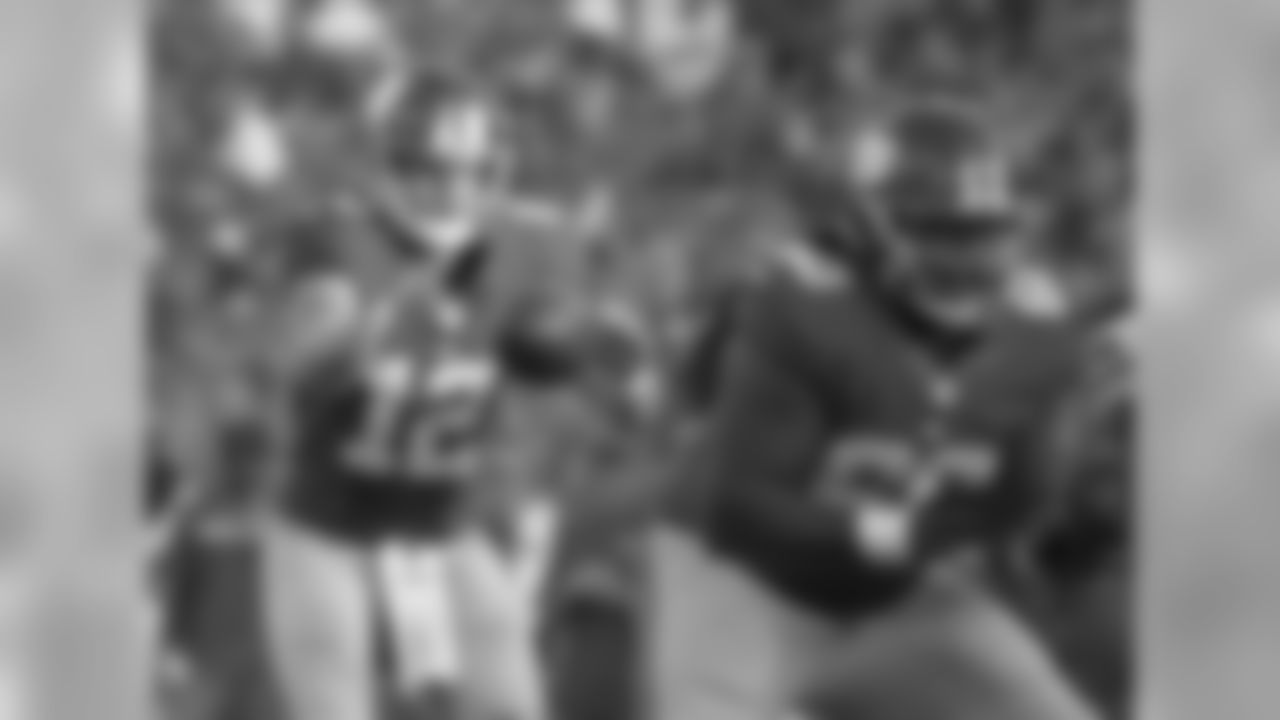
In today's edition of Small Sample Size Theatre, we have Nassib, who has a career rating of 152.1 -- on just 10 attempts. He looks the part, and would be an interesting potential signee for the Jaguars -- whose executive vice president in charge of football operations, Tom Coughlin, coached Nassib for three seasons in northern New Jersey.

Manuel's career as a starter failed to launch; he went from 10 starts to four to two to one over his four-season career with the Bills. He's a reclamation project at this point, having struggled in his lone start at the end of the 2016 season when he went 9-of-20 for 86 yards against the Jets. He will have to recalibrate and re-establish himself as a backup.
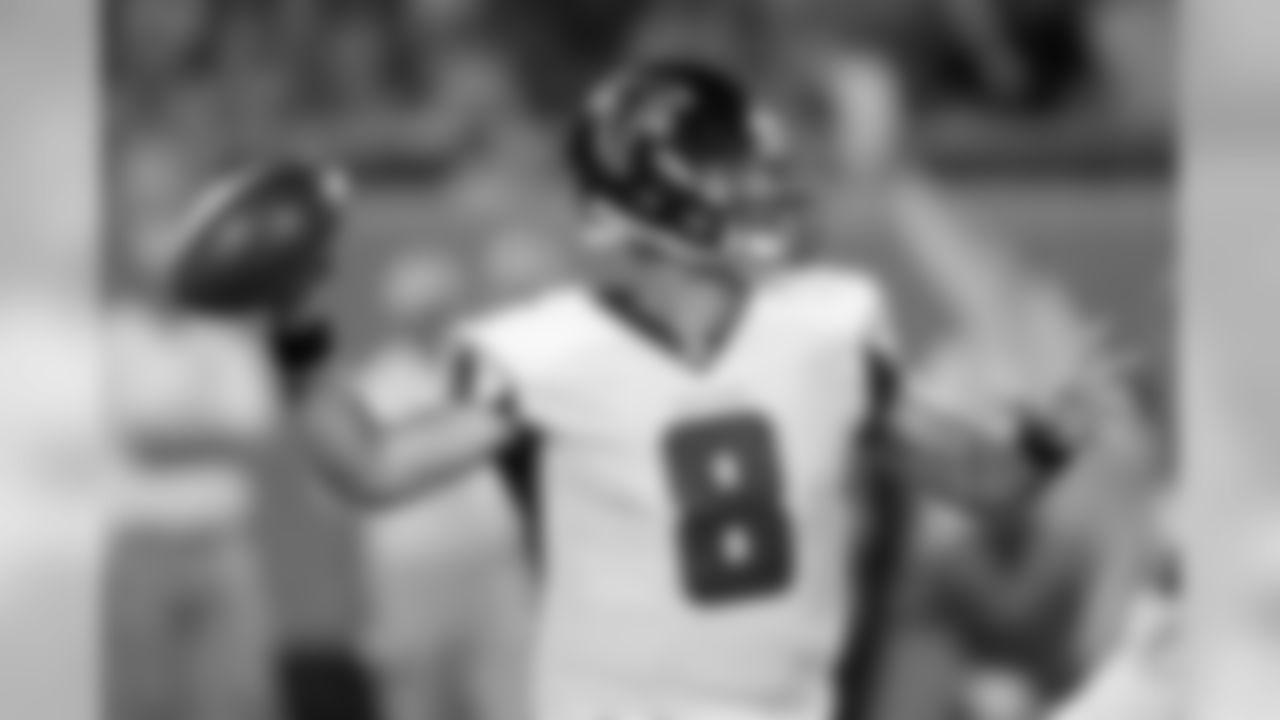
His work with Atlanta as a backup last season and his pedigree with a similar scheme in Houston under Gary Kubiak make him a potential 49ers target, but he turns 36 this season, and if any team saw him as a starter, it would be only as a placeholder.

With a 2-2 record in four career starts and near-league-average numbers, Jones pretty much fits the mold of a typical backup. The best situation could be staying right where he is -- if the Steelers want him back.

McGloin has told reporters that he wants to go somewhere that will provide a chance to compete for a starting job, but his production in six starts as a rookie and limited opportunities after that fits the profile of a No. 2.
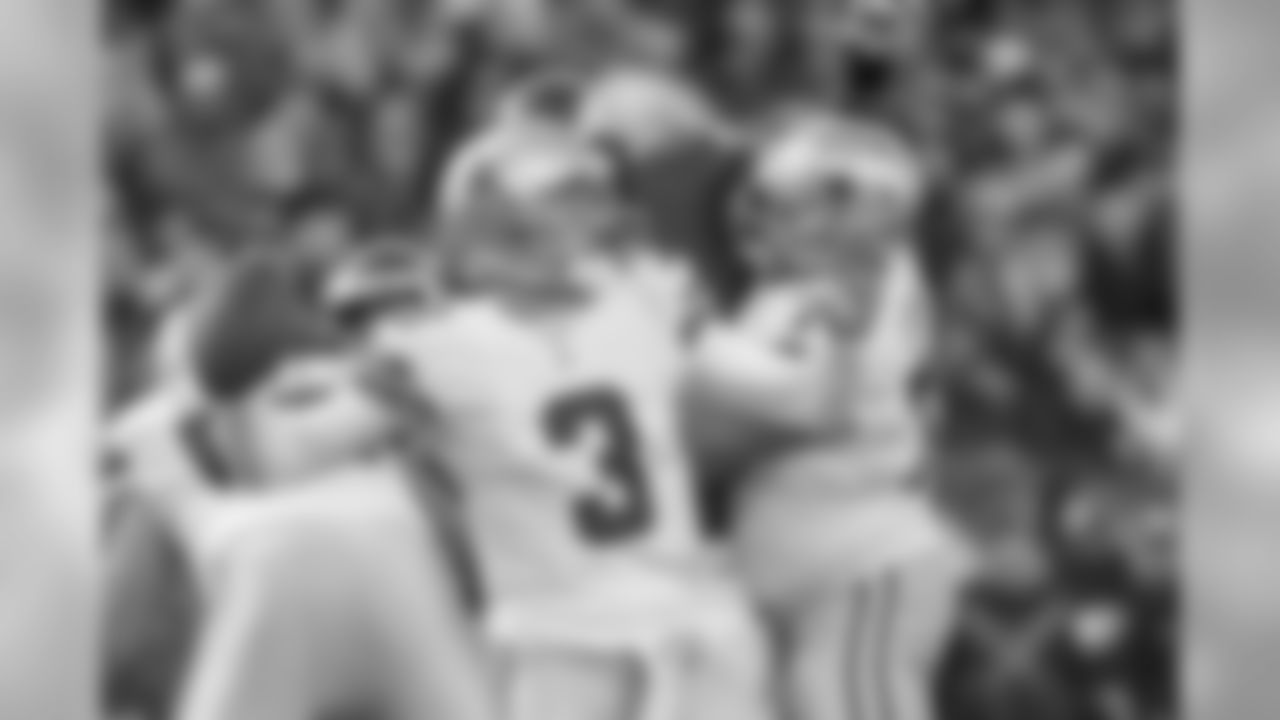
After squandering his chance to become a starter for the defending world champions last summer, the question for Sanchez is whether he can settle in and be content as a reserve, because that's what the 30-year-old quarterback is at this point. If Dallas opts to bring back fellow free agent Kellen Moore among the backups to Dak Prescott, Sanchez will have to move on.

His performance and history of off-field missteps -- most memorably chronicled during the 2014 season of Hard Knocks make any opportunity beyond a chance to compete for a No. 2 job highly unlikely.

He's coming off of a torn anterior cruciate ligament and has just 56 attempts in the last two seasons. There's still some upside, making him an interesting quarterback on which to take a flyer, but no one will hand him anything.
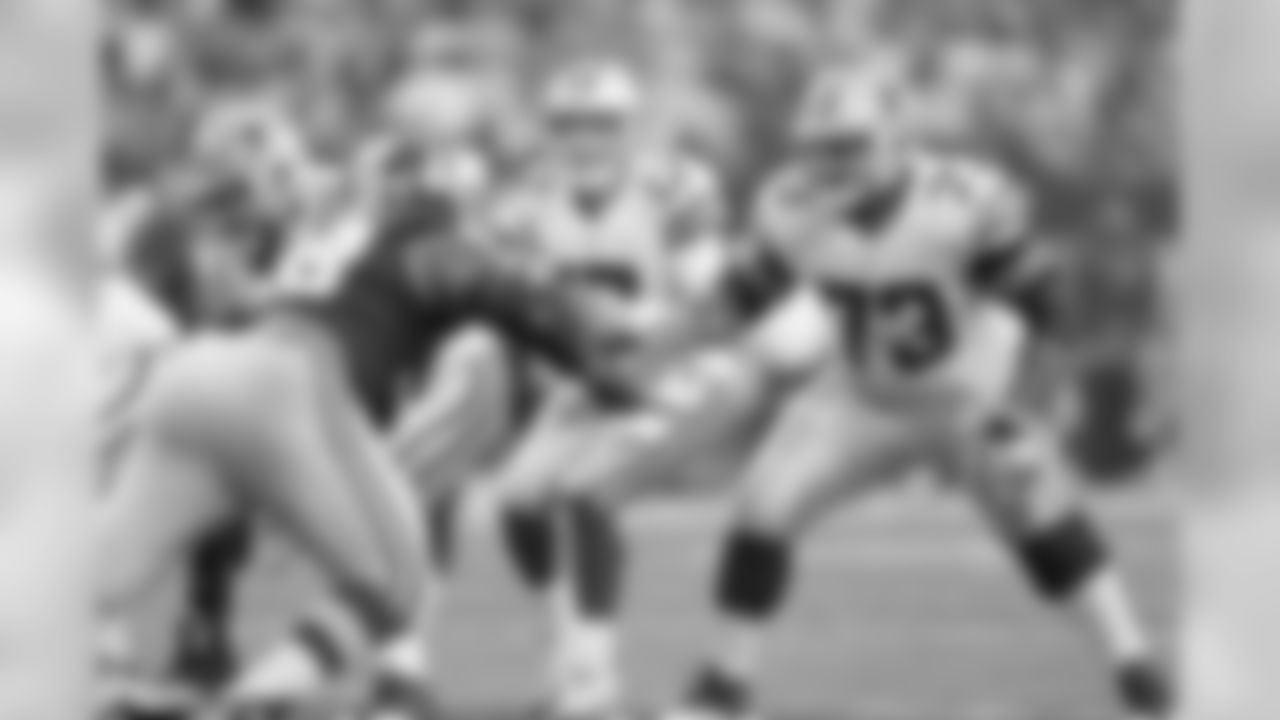
The Cowboys would have been content with Moore as the healthy backup behind Dak Prescott before Moore suffered an ankle injury. Moore is similar in quality and presence to Cowboys coach Jason Garrett back during his playing days.

Philip Rivers' durability limited Clemens to just 10 attempts in the last three seasons. Clemens will be 34 this season and is a dependable reserve, but nothing more.
Who will be the offensive tackles on the market during the 2017 NFL free-agency period? Andrew Mason gives you his overview. (AP Images)
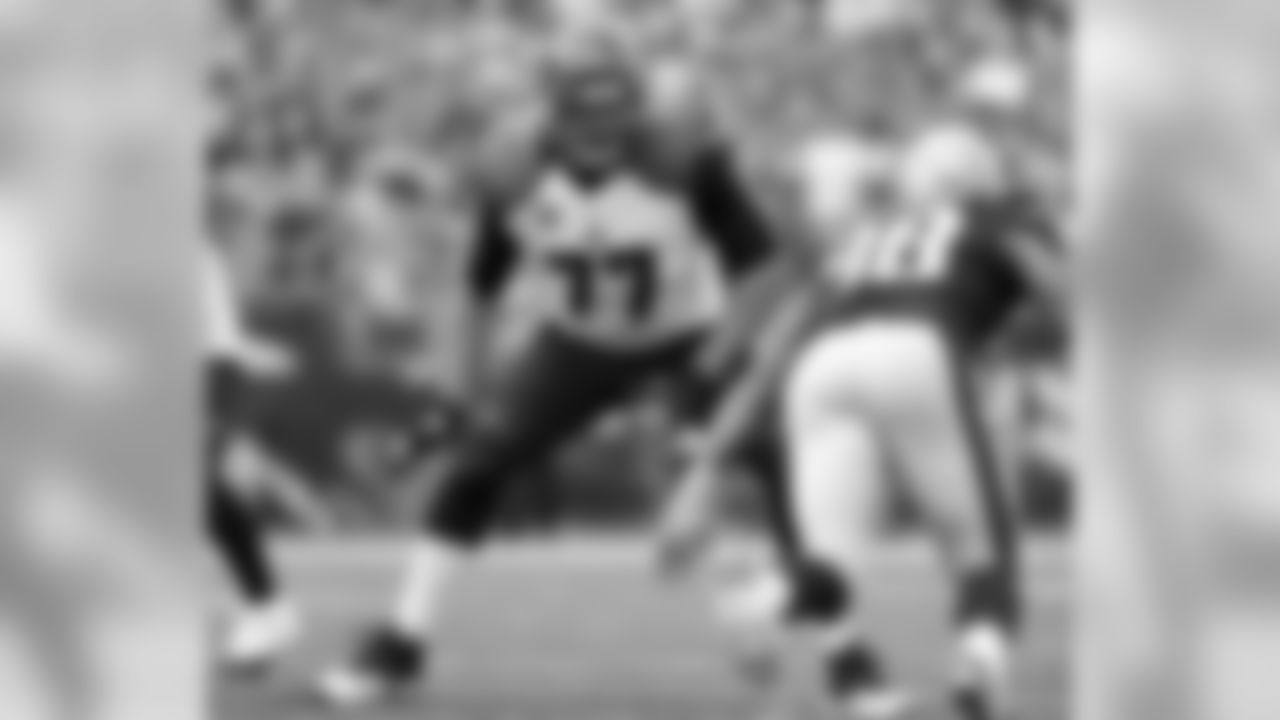
Durable and technically sound, the 35-year-old Whitworth has missed just two games in the past eight seasons while protecting the blind side of Bengals quarterbacks. He isn't going to be a long-term answer, but for a team in win-now mode, he could be an ideal final piece of the puzzle.

The three-year starter became one of the league's best right tackles last season, building off what Ravens head coach John Harbaugh called "a lot of really high-effort practices" that he was able to translate into solid game-day work. In 2016, he was called for just three penalties and allowed only three sacks, according to ProFootballFocus.com. Baltimore would like to bring back Wagner, but just four teams have less projected 2017 salary-cap space, according to OvertheCap.com.
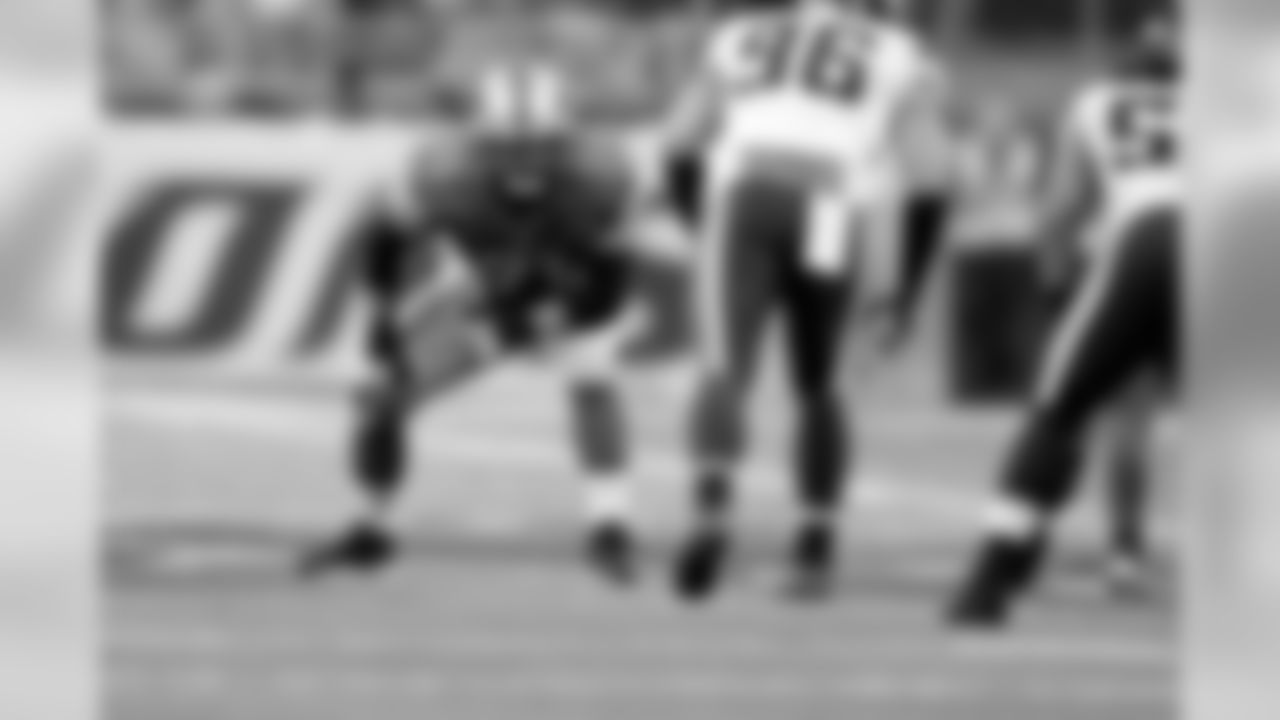
After working at left tackle, Reiff moved to right tackle last season, but he could still project as a guard depending on where he lands in free agency. Although Reiff has been a capable run blocker throughout his career, he's occasionally struggled against fast edge rushers, which helped lead to his move away from left tackle last year.
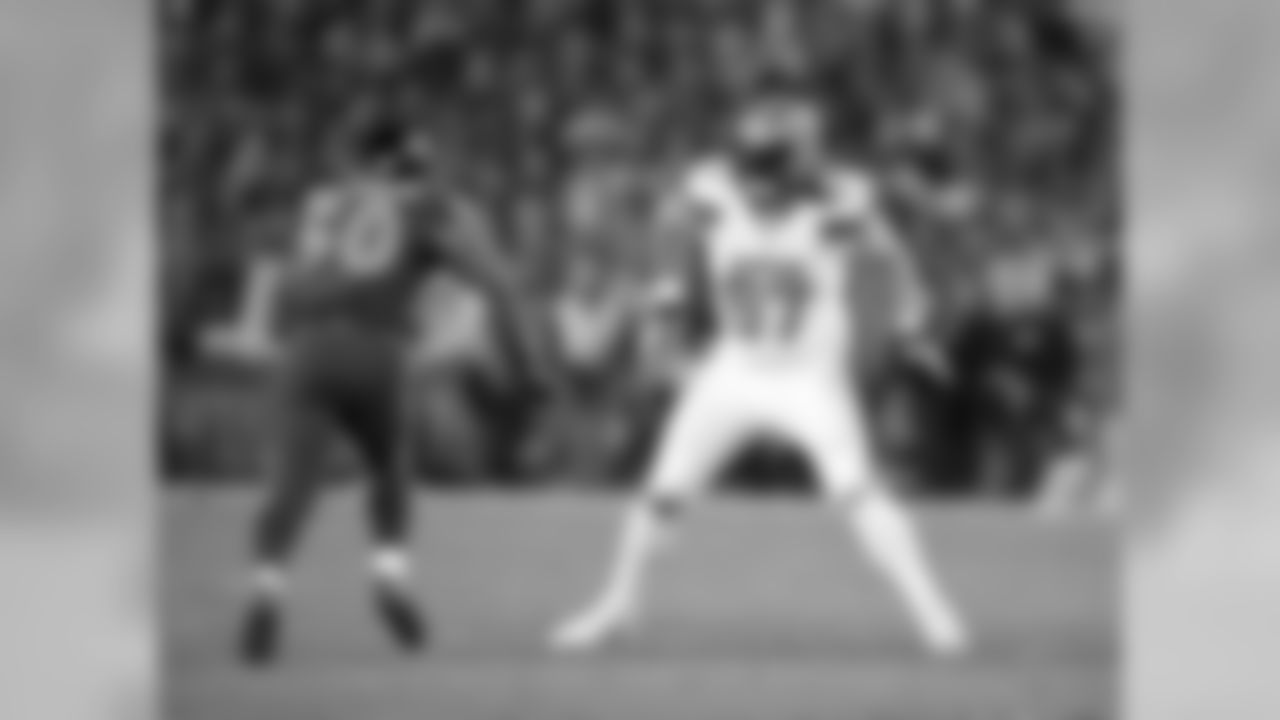
After bouncing from Minnesota to Jacksonville, Pasztor finally settled in with the Browns after joining the team in 2015, replacing Mitchell Schwartz at right tackle and responding with a solid year after a rough opening three weeks. Pasztor needs to improve against edge rushers; according to ProFootballFocus.com, he allowed 39 quarterback hurries last year.

One year after trading for the long-time Bronco and former All-Pro selection, the Jets opted to not exercise the option on the 30-year-old Clady's contract. Shoulder, lisfranc and knee injuries took their toll on Clady the last four seasons and likely limit his potential on the market.

Another projected free agent who has lengthy injury concerns, Vollmer missed the 2016 campaign with hip and shoulder injuries. He hasn't made it through a full 16-game season since 2010 -- when he was a second-team All-Pro at right tackle -- and has missed 38 regular-season games in the last six seasons.

As with Clady, Beachum will hit the market after his team elected to not exercise the option on his contract. Beachum joined the Jaguars last year after suffering a torn ACL the previous season in Pittsburgh and did not look back up to speed, and nowhere close to his dominant 2014 form. Given that it often takes one full year after recovery before returning to form, Beachum could be worth a roll of the dice on an incentive-heavy, prove-it contract.

Although Kalil made a Pro Bowl as a rookie, he has never matched that form and hasn't lived up to the promise that caused the Vikings to use the No. 4 pick in the 2012 draft on him, and he missed nearly all of the 2016 season because of a hip injury. Could another team unlock the potential the Vikings could not?

Hubbard delivered some solid work in four starts last year, particularly in a dominating performance against the New York Jets at right tackle. What makes Hubbard's situation interesting is that as an undrafted player, the Steelers would have to tender him as a second-round player.

He's not as bad as he appeared in Super Bowl 50 and the regular-season opener last year working against Von Miller, but the former Broncos training-camp player has struggled with penalties the last two years.

Having emerged as a valuable swing backup, Fleming did not allow a sack in four starts to open the 2016 season -- three at left tackle, one at right tackle -- before returning to his reserve role.
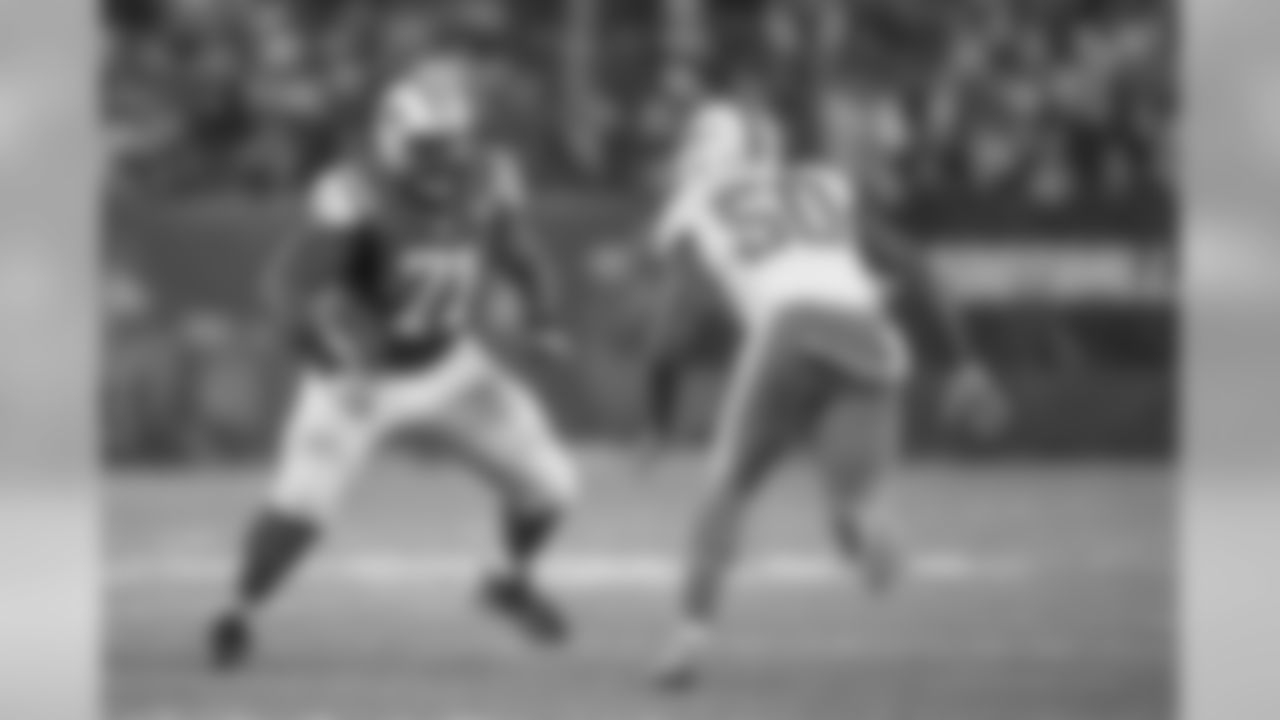
Ijalana held his own filling in for Clady down the stretch, and appears to have found his professional footing with the Jets after struggling in Indianapolis.
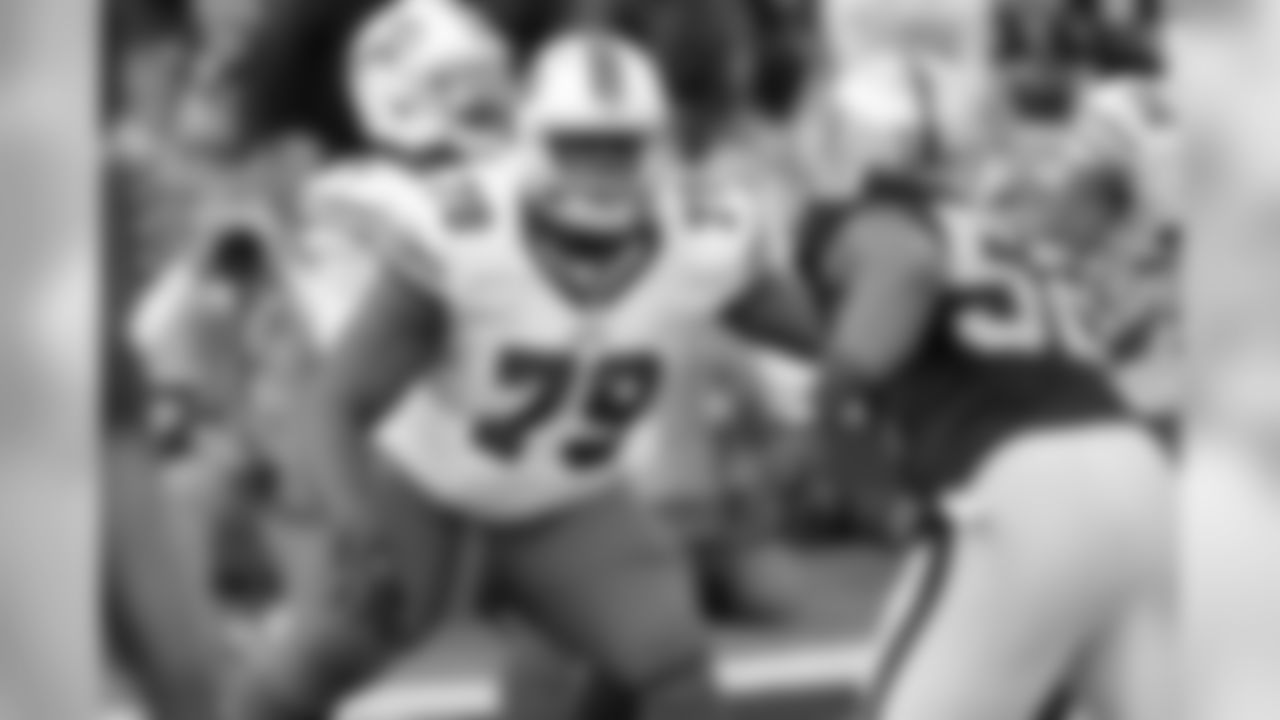
In four of his 16 starts last year, Mills allowed five or more quarterback pressures, according to ProFootballFocus.com. He's cleaned up his game in terms of taking penalties after struggling in that department in 2015, but at this point probably projects as a backup.
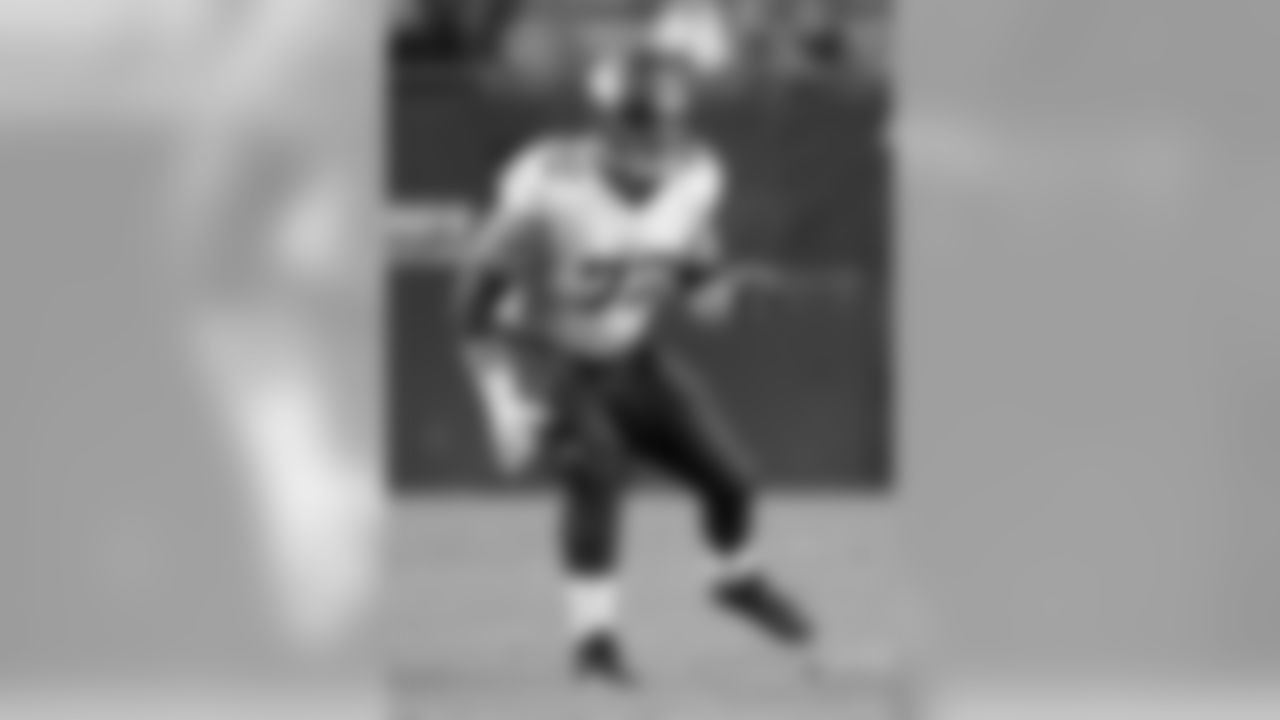
He declared himself "finally healthy" last year after being limited to 11 games the previous two seasons, but remained on the market last year until October, when the Vikings signed him to replace the injured Matt Kalil. Long started just three games before tearing his Achilles tendon. Realistically, he will remain unsigned for a while as he rehabilitates from his injury.

The 33-year-old veteran has struggled to recapture his prime form in the last four seasons, three of which were spent as a backup, and he has just six starts in the last three years.

Although a veteran of just four seasons, Watson is 28, having not taken up American football until 2011 after starting his college career as a forward at Marist College. An Achilles tendon injury cost him his entire 2015 season, and he struggled in the starting lineup late in 2016, allowing sacks in two of the Raiders' final three games.

He's still a big name, but was inconsistent as a backup last year with the Buccaneers and hasn't gotten the same push he used to get off the snap as a run blocker.
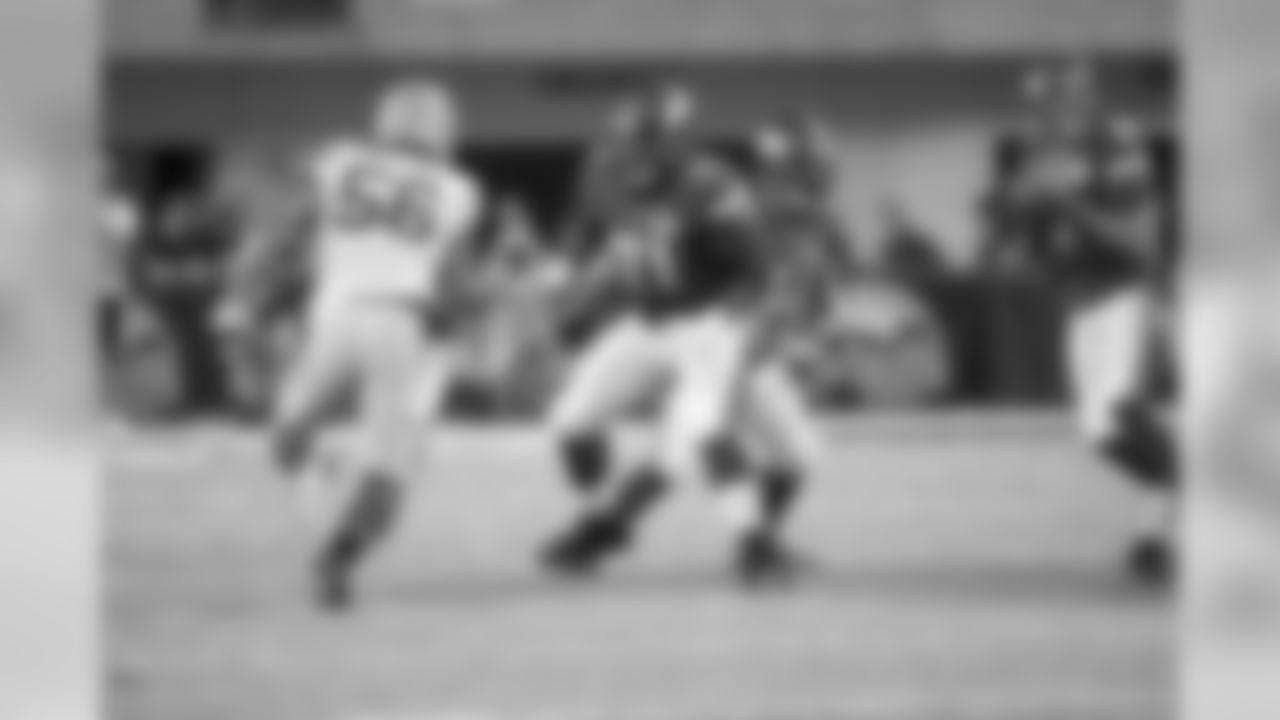
Conditioning has always been an issue for Smith, and it caught up to him the last two years as he struggled in pass protection.
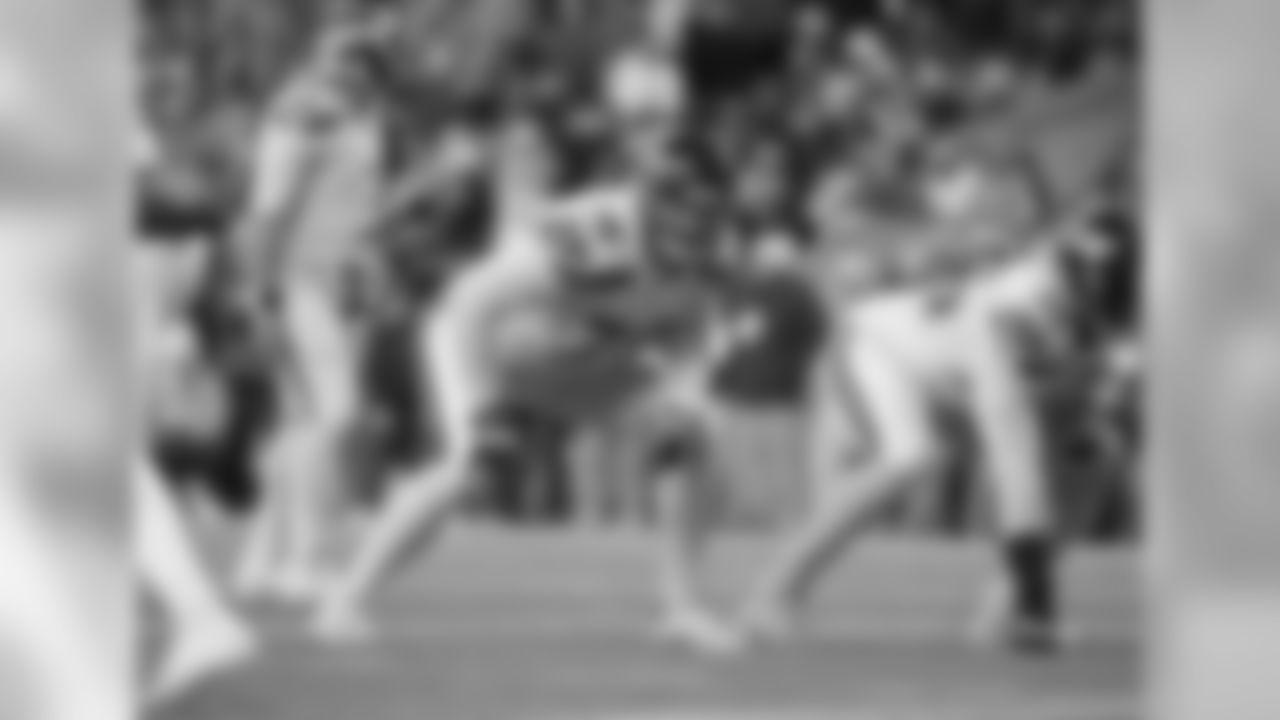
Sowell was the Seahawks' starter at left or right tackle for nine games last year -- which, given the state of Seattle's offensive line, isn't necessarily a line you want on your resume. If Seattle brings him back, it seems likely to be at a near-minimum contract, and with another player brought in to compete.
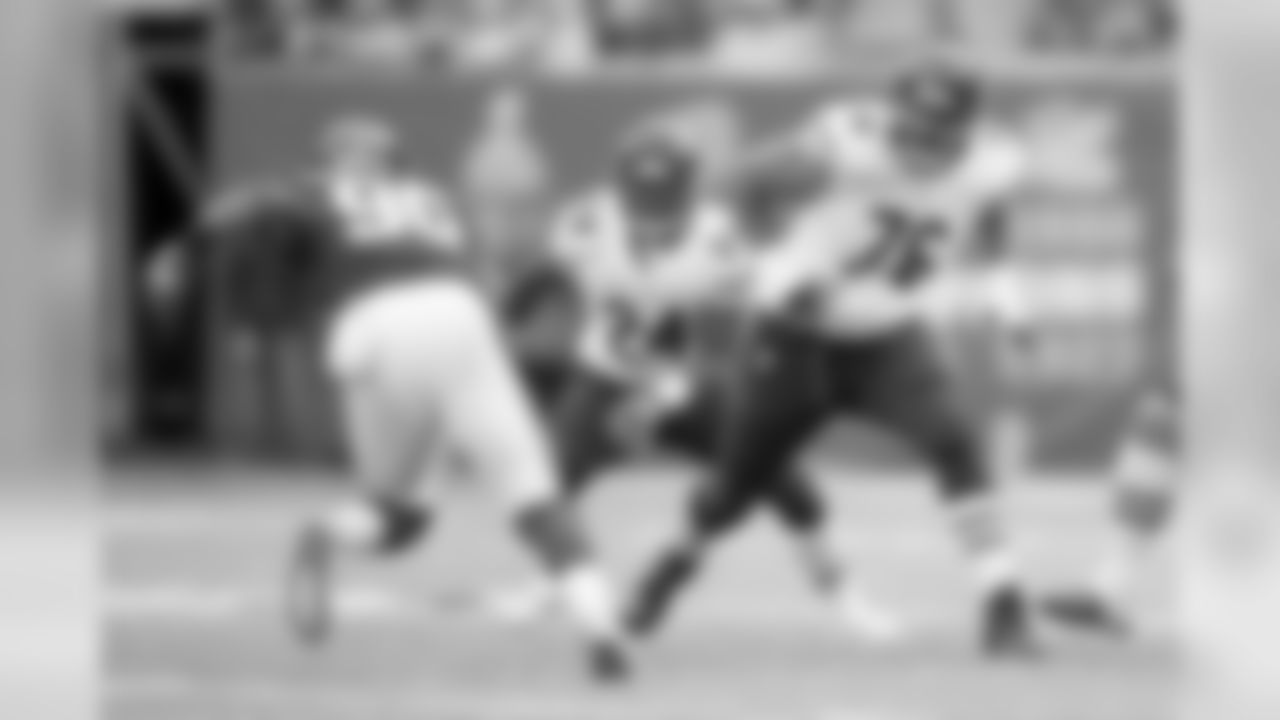
Adams was released by the Steelers with the failed-physical designation last May, and then suffered a back injury last year in Chicago, forcing him to injured reserve. At this point, Adams is probably an insurance policy, and nothing more.
Andrew Mason continues his look at free agency by running through the best options at tight end when the market opens in a few weeks. (Photos by AP)

Despite his age (he'll be 30 next season), Bennett's performance for the Patriots ensures he will be in high demand -- if the Patriots let him test the market. New England's massive cap room and Rob Gronkowski's extensive injury history could make this a franchise-tag situation.
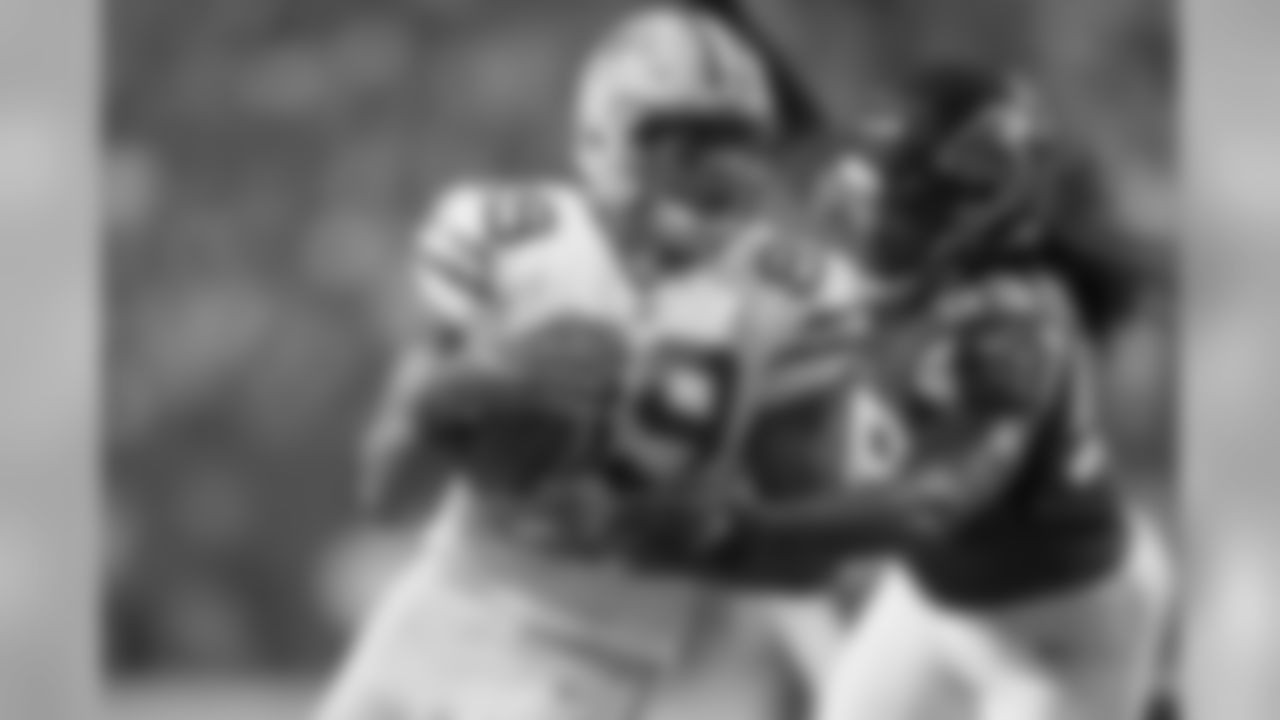
Cook exploded in his first postseason as a pro, catching 18 passes for 229 yards and two touchdowns in the Packers' run to the NFC Championship Game -- an appearance made possible by Cook's clutch sideline catch in the waning seconds of regulation against the Cowboys to set up Mason Crosby's game-winning field goal. As with Bennett, Cook will turn 30 this spring, but now that he's shown the potential he long seemed to possess, he'll be in demand -- even though the best situation for him would likely be a return to Green Bay to build on his budding partnership with Aaron Rodgers.

Doyle ruled in a breakthrough 2016 season that saw him comfortably exceed the reception, yardage and touchdown totals of his first three seasons combined. A reliable underneath target for Andrew Luck, the 6-foot-6, 267-pounder has good size -- and the ability to use it effectively.

It's not a question of whether Cameron is good enough. It's about four concussions in four seasons, most recently last Sept. 25, which ended his season and could end his career. Cameron made a Pro Bowl with Cleveland and picks up first downs on 37.5 percent of his career receptions, but those attributes are secondary to his health concerns.

Despite infrequent playing time behind Zack Ertz, Burton was effective when called upon, finishing with 327 yards on 37 receptions -- 23 of which came in the final six games of the 2016 season. He's also an improving blocker.

A good complement to Jimmy Graham, Willson has career averages of 13.2 yards per catch and one touchdown every 10.6 receptions. He should be able to get more playing time and better production if he moves on in free agency.

At 32, Fasano's pass-catching production is down, but he remains one of the league's best blockers at the position.

Still reasonably productive, Gresham has missed just one regular-season game since undergoing surgery for a herniated disc in his back two years ago. That surgery kept him on the market much longer than expected, but he should find a landing spot quicker this time around.

He had career highs in receptions and yardage in 2016, but he also dropped one of every 11 catchable passes (five drops in 55 on-target passes). He's an average blocker for his position who should at least be part of a two-tight end rotation.

One of the better blockers on the market -- particularly in the running game -- Paulsen has also allowed just one sack in the last two seasons, according to ProFootballFocus.com.

Sims had some solid production last year after being pressed into more extensive work following Jordan Cameron's season-ending concussion, and at 6-foot-4 and 271 pounds, he has some still-untapped potential as a blocker.

A torn ACL ended his contract year before it began and temporarily blocked his improvement as a run blocker, but he should get another shot this season.

The former Bronco had a good bounce-back year in his return to his hometown, catching 44 passes for 583 yards and two touchdowns with the Redskins last year. At 33, he's a good complement to Jordan Reed and the Redskins would be wise to bring him back for 2017.

The late-blooming former European pro basketball standout isn't yet eligible for unrestricted free agency -- even though he turns 31 in April. He showed a spark in Arizona, particularly the last two seasons, and has a career average of 13.4 yards per reception, but his age is working against him, even though he has little of the long-term wear and tear other players of his age possess.

The expected passing of the torch from certain Hall of Famer Jason Witten to Escobar in Dallas never happened, and Escobar remains untested and unproven, with just 30 receptions in four seasons -- but he has eight touchdowns, giving him one score every 3.75 receptions.
Who are Andrew Mason's top free-agent targets of 2017, excluding Broncos players? (photos by AP Images)

At 30, the Denver South High School graduate continues to perform at a high level. Last year he finished with 32 quarterback hurries and 34 total stops (plays that resulted in an offensive failure), per ProFootballFocus.com's calculations, making him one of just seven interior defensive players with at least 30 of each. Arizona's defense flows from the disruption Campbell causes, and if the Cardinals can't retain him, it would be a crushing blow to their hopes of keeping their defense among the game's elite.

Including the postseason, Short has 19 sacks in his last 35 games and is a complete, three-down defender. He rarely cedes ground against the run, and his presence is a big part of the success of Carolina's linebackers, allowing them to roam free. Panthers coach Ron Rivera told ESPN on Feb. 2 that they "probably will have to tag" Short, but then the question becomes whether he signs it. Given the Panthers' emphasis on inside-out building of their defense, it seems highly unlikely the situation would end as it did with Josh Norman last year.
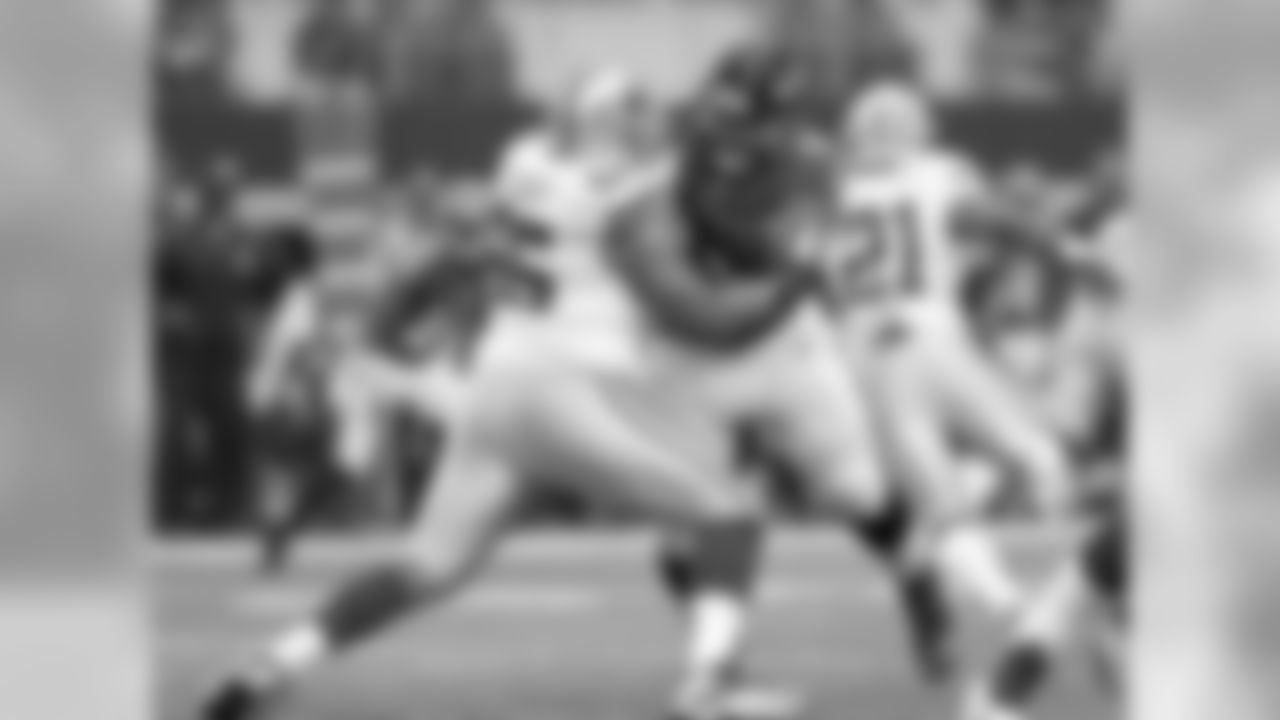
The 335-pound Williams is one of the league's toughest players to dislodge on the inside, frequently drawing double teams. Although he can generate some occasional pressure on his own, his strength is in stopping the run and taking up space and blockers to create one-on-ones in the pass rush.

For his five-year career, Poe has been the rare 3-4 nose tackle who is a legitimate three-down player, because of quickness in the pass rush that belies his 346-pound frame. But Poe slipped last year, particularly against the run, and while he remains disruptive, he may no longer be able to play over 70 percent of the snaps if he is to have a long career, and that could affect his market value.

As a restricted free agent, Easley appears likely to return to the Rams, who signed him after he passed through waivers when the Patriots parted ways with him. Easley had the best season of his career with Los Angeles. Some of that was a result of working alongside Aaron Donald, but he showed the ability to capitalize off the focus given to the All-Pro tackle, which makes Easley valuable in his current situation.

The former Bronco took a while to develop, but the last two years he's played more snaps than at any previous point in his career, and the 329-pounder didn't miss a beat. Although Baker has always been a stout presence against the run, his improved presence in the pass rush means that he can be a three-down player.

As a pure run defender, Branch is one of the best on the inside, and delivered some of the best work of his career in his 10th season. His age (32) will hold down his value, and he's not a three-down player, but for teams seeking a stout, seasoned presence in the run, he'll be a significant upgrade.
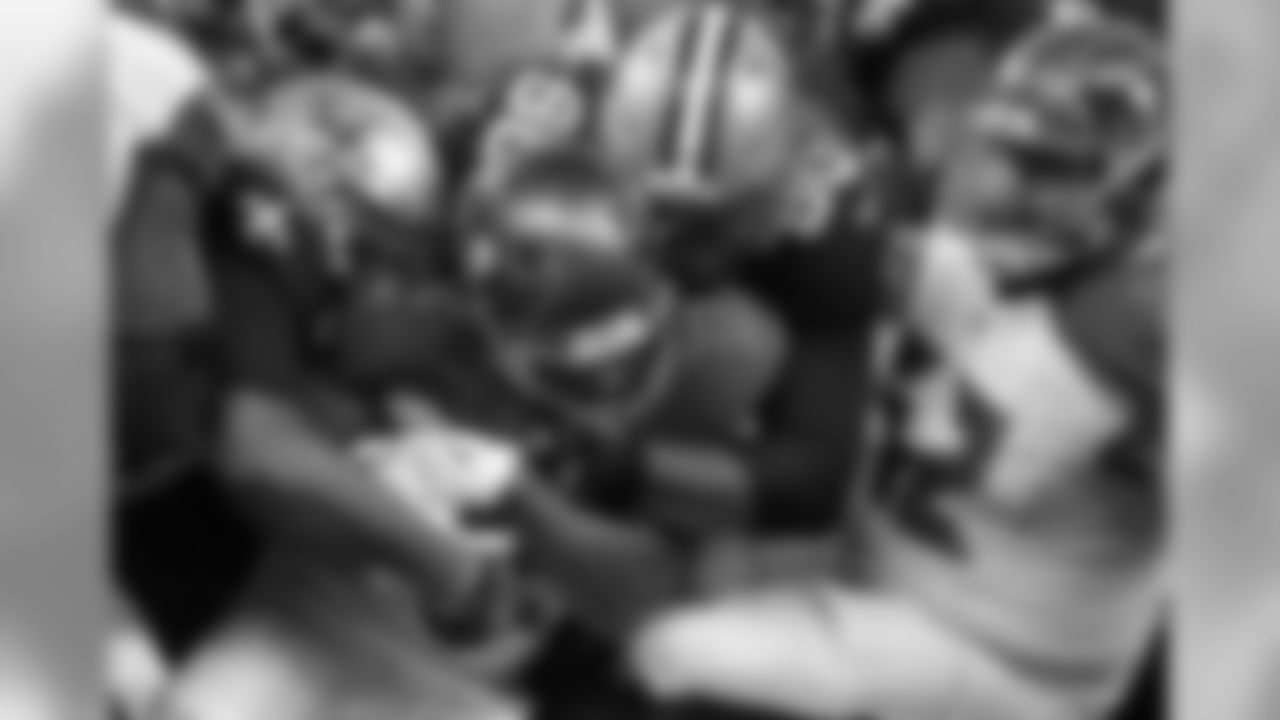
New Orleans' overall defensive struggles continued despite Fairley's arrival last year, but he provided an upgrade to their interior rush, playing more snaps than he ever did in any of his Detroit seasons. A return to the Saints seems logical for both player and team, but are they willing to give him a longer-term deal than the "prove-it" contract he had last year?

The Giants' investment in Damon Harrison and Olivier Vernon could leave little room left over to retain Hankins, who displayed steady improvement in his first three seasons, but got lost in the shuffle at times on the Giants' rebuilt defensive line. Hankins is a strong enough pass rusher to be a three-down player and should command a sizable contract.
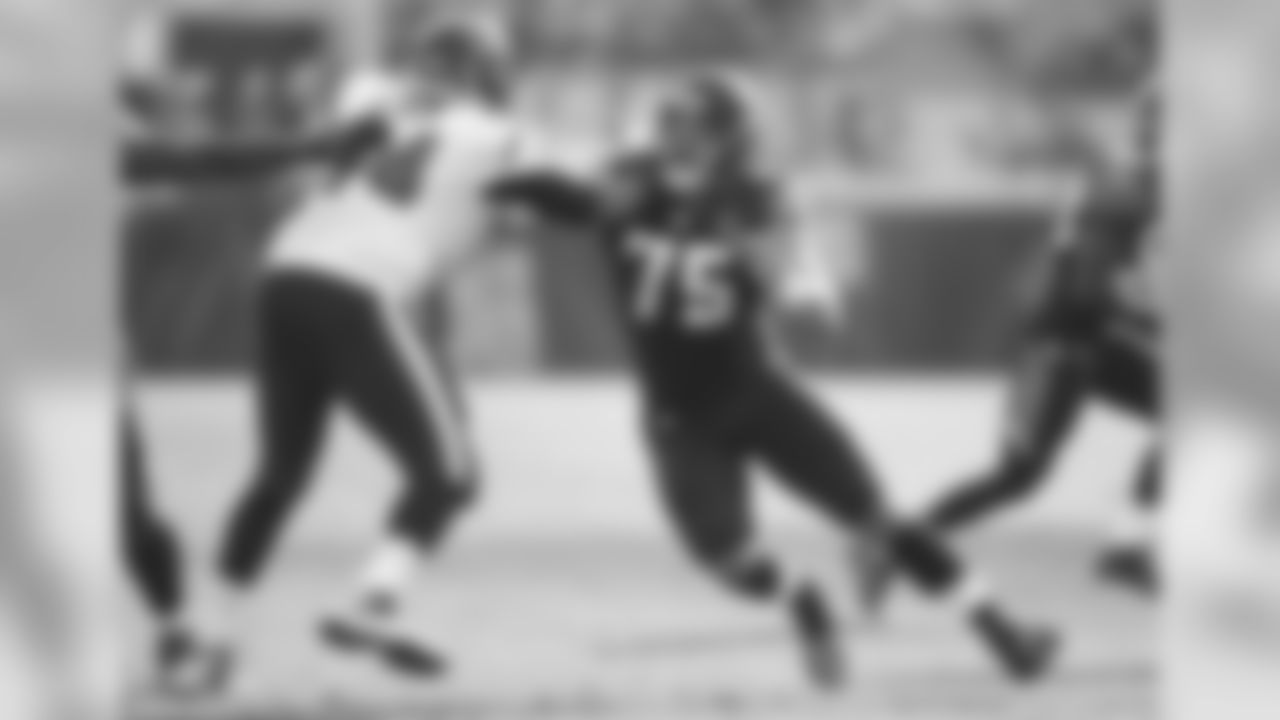
Things didn't click for Odrick in Jacksonville, who played just six games last season due to injuries and finished with just one sack after posting 5.5 sacks in his first season there. He was a solid contributor in Miami and a return after two years away might provide him the best situation.

A high-effort, persistent player against the run, Mitchell bounced back late in the season after spending the first two months of the year on injured reserve. Mitchell played for Vance Joseph in Miami and Defensive Line Coach Bill Kollar in Houston, so he would likely be a good fit for the Broncos.

Klug was an effective pass-rushing complement to Jurrell Casey in Tennessee, but he is currently rehabilitating from a torn Achilles tendon, and could linger on the market for a while as teams ascertain the level of his recovery.

He did well adapting to a rotational role with the Patriots, posting four sacks and a career high three passes defensed while providing leadership and steadiness. He'll be 32 next month, but his Patriots use provides a template that can extend his career and give him long-term value.

Guy is primarily a run-stuffing two-down lineman who will play fewer than 50 percent of the snaps, but he does that so well that he will have his share of suitors.
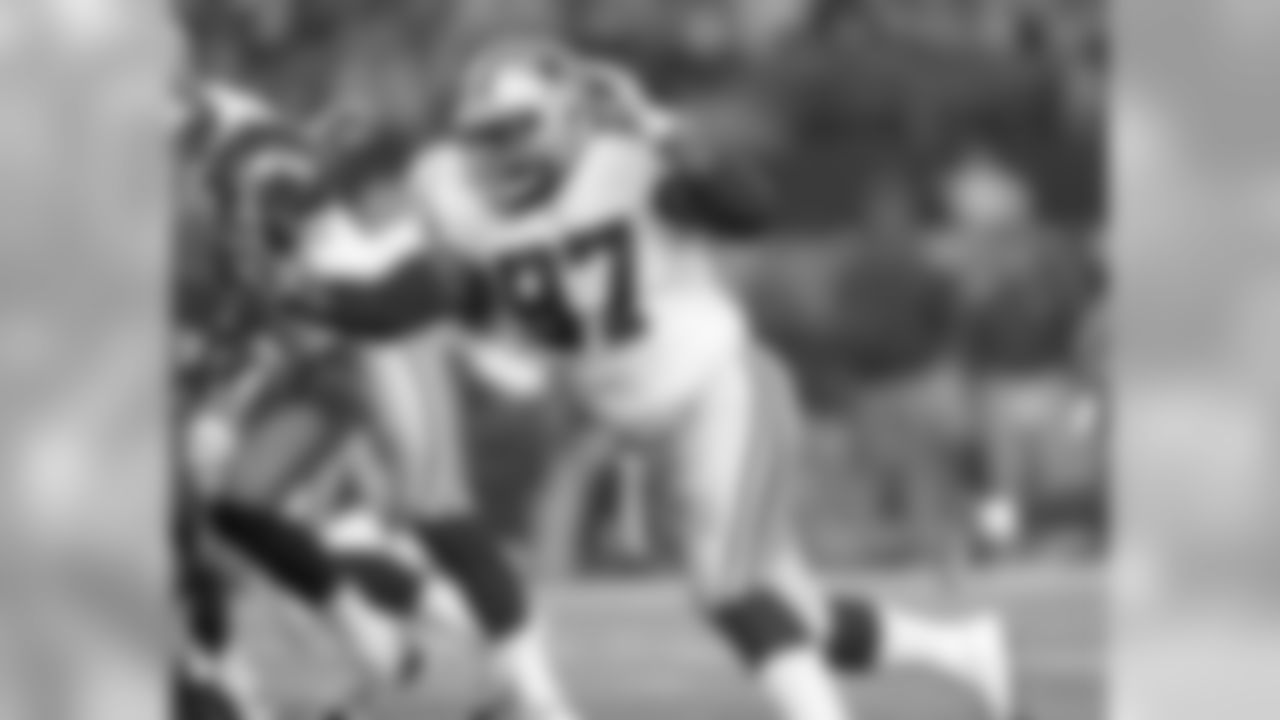
A huge part of the reason why Dallas led the league in rushing yardage allowed last year, McClain showed that he was all the way back after missing 14 games because of a toe injury in 2014. After bouncing through Dallas and Houston, McClain found his groove in Dallas.

Logan isn't a consistent pass rusher, which hinders his three-down effectiveness, but he is a stout run-defender and a high-character player who provides as good a presence in meeting rooms as on the field.
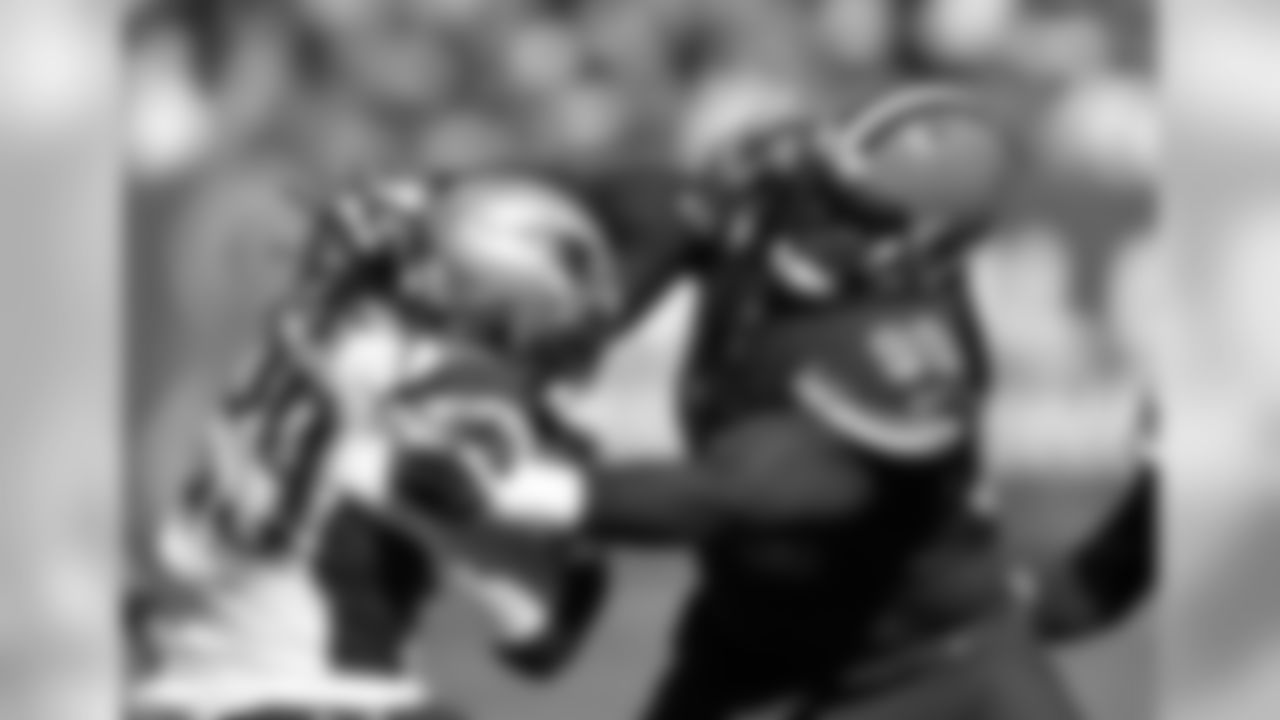
Paea has the versatility to work on the nose and as a 3-technique end, although the latter is the best spot for the 309-pounder, who does a good job occupying defenders on the inside.

Seattle's desire to visit with Earl Mitchell could mean that McDaniel is moving on after a single season there. He's mostly a run stuffer, but his length (he's 6-foot-7) helped him deflect three passes at the line of scrimmage last season.

The ex-Chiefs defender turns 33 during training camp this year and remains a solid rotational presence.

At 345 pounds, Soliai can take up space on the inside, but at 33 years old, he's at the year-to-year point of his career and his full-time starting days are likely in the past.
Andrew Mason's look at free-agent prospects continues as he counts down potential edge rushers. (Associated Press)

Ingram followed up his breakthrough 2015 season with an eight-sack 2016 campaign that established him as an emerging edge rusher after he grappled with injuries in his first two seasons. What separates Ingram from the pack is his work against the run; ProFootballFocus.com ranked him sixth among 59 OLBs as a run defender last year.

Three double-digit sack seasons in the last four years -- including last season's 11-sack tally with the Cardinals -- and eight forced fumbles over the last two seasons established Jones as one of the game's best off the edge. Cardinals president Michael Bidwill told Arizona Sports 98.7 that if the team couldn't work out a long-term deal, it would franchise the five-year veteran.

He wasn't all the way back to his pre-injury form, but with seven sacks, three forced fumbles and eight passes defensed in 12 games last season, he re-established himself as a playmaker off the edge. His blend of speed and size (278 pounds) remains rare.

Perry had long been a solid run defender in rotational work, but his pass-rush work opened eyes last year, as he racked up almost as many sacks in a single season (11) as he did in his first four seasons (12.5). Last year was Perry's first as a full-time starter; he started 16 games in his first four seasons.

Addison will be 30 in September, which could depress his market value, but he heads into free agency coming off the best season of his career -- a 9.5-sack, two-forced fumble campaign. Addison isn't a starter, but as a third-down pass-rush specialist, he's efficient. Plenty of players underachieved with the Panthers last year as they finished a disappointing 6-10; Addison wasn't one of them.

Peppers began showing some signs of age the last two years, but the 37-year-old pass rusher still had 8.5 sacks -- including one in the Packers' playoff-opening win over the Giants -- and has 29.5 sacks in his last 54 games, including postseason. He remains durable, and hasn't missed a game in the last nine seasons.

The Panthers brought him back last year and he responded with four sacks, three forced fumbles and two passes defensed. His double-digit sack seasons are behind him, but he is still a quality every-down presence who is stout at the point of attack against the run.
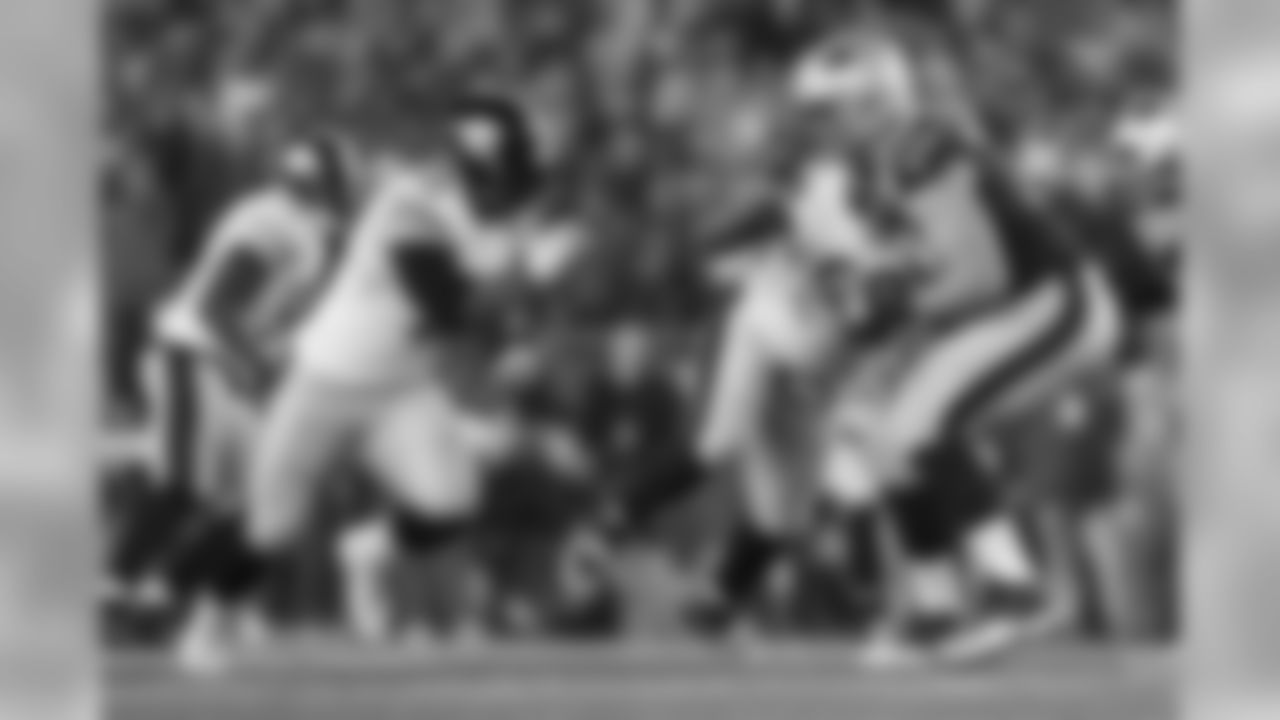
It would be no surprise if the Steelers brought back Harrison, and that remains a perfect marriage of player and team. Harrison turns 39 in May, but as he demonstrated on the two-point conversion in the divisional round at Kansas City, he still is capable of a burst that either leads to a big play or forces a holding penalty that transforms a game.

After 10 seasons spent mostly as a reserve, Alexander exploded last year, starting every game and finishing with 12.5 sacks -- 3.5 more than he had in his first 10 years combined -- along with six passes defensed, three forced fumbles and an interception.

Sheard is perhaps the most balanced defender on the market; he can generate pressure off the edge, he is strong at the point of attack and can hold his own when asked to work in pass coverage. He seems likely to get a much bigger contract than the two-year, $11 million deal he signed with the Patriots two years ago.

Jones can generate pressure, but struggles to convert that into sacks, with just nine in his four-season career, including one last year. There's still potential in his game, and he'll likely get a one-or-two-year contract to try to tap into that.

Branch was a solid contributor for Miami last season after four years with the Jaguars, posting a career-high 49 tackles and 5.5 sacks while making 11 starts, the most of his career. He's another edge rusher with a balanced skill set that keeps him on the field.
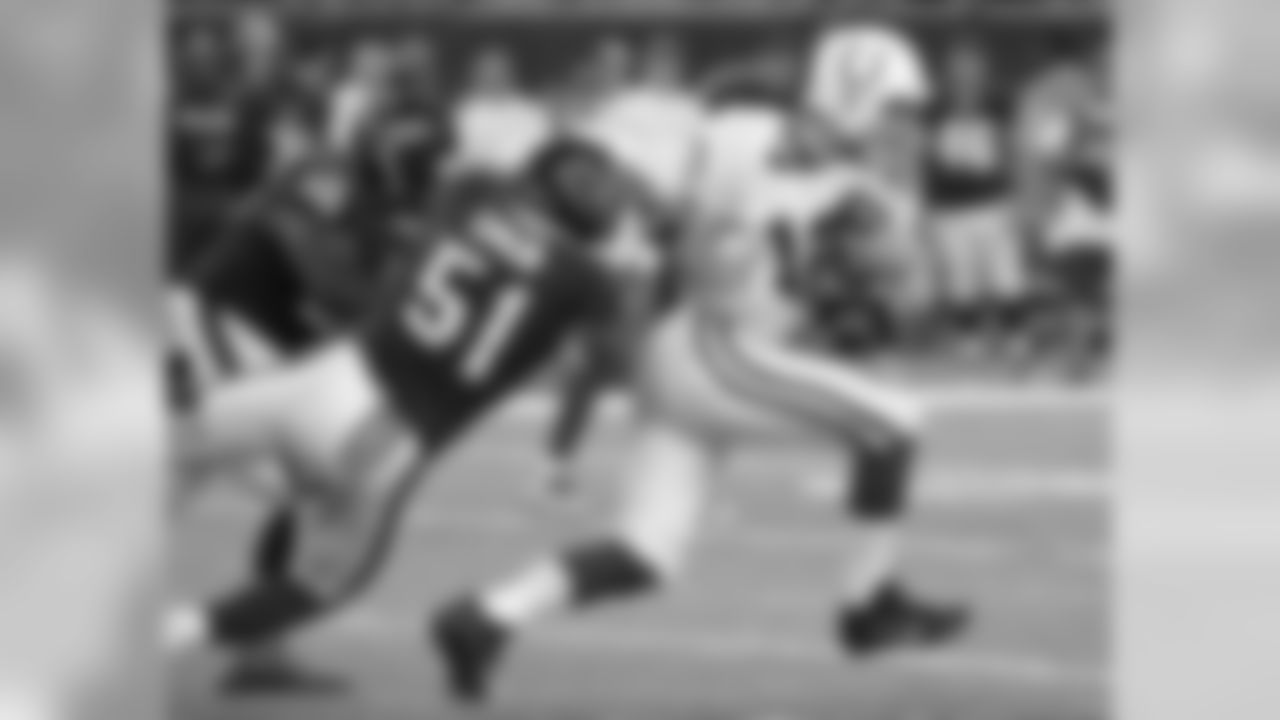
An underrated component of the Texans' dominant defense, Simon has 8.5 sacks in the last two years despite starting just 13 of the 27 games in which he played.

After notching 13.5 sacks in the 2014 and 2015 seasons, Smith tore his ACL in the regular-season opener last year, ending his campaign as it began. He will be nearly 12 months removed from the surgery by Week 1, but will that be enough to get him back to his old form?

After posting three or fewer sacks in seven of his first eight seasons, Walden exploded with 11 sacks last year, a rare late-career burst from nowhere for a 31-year-old player. But when measuring hurries and sacks, his total pressures were just about the same as usual; he just finished the job with sacks last year better than he ever had before.

As a former first-round pick, there's still some upside, but he has started just 16 games in his four pro seasons and with just seven career sacks, his NFL stint has been nothing short of a major disappointment.
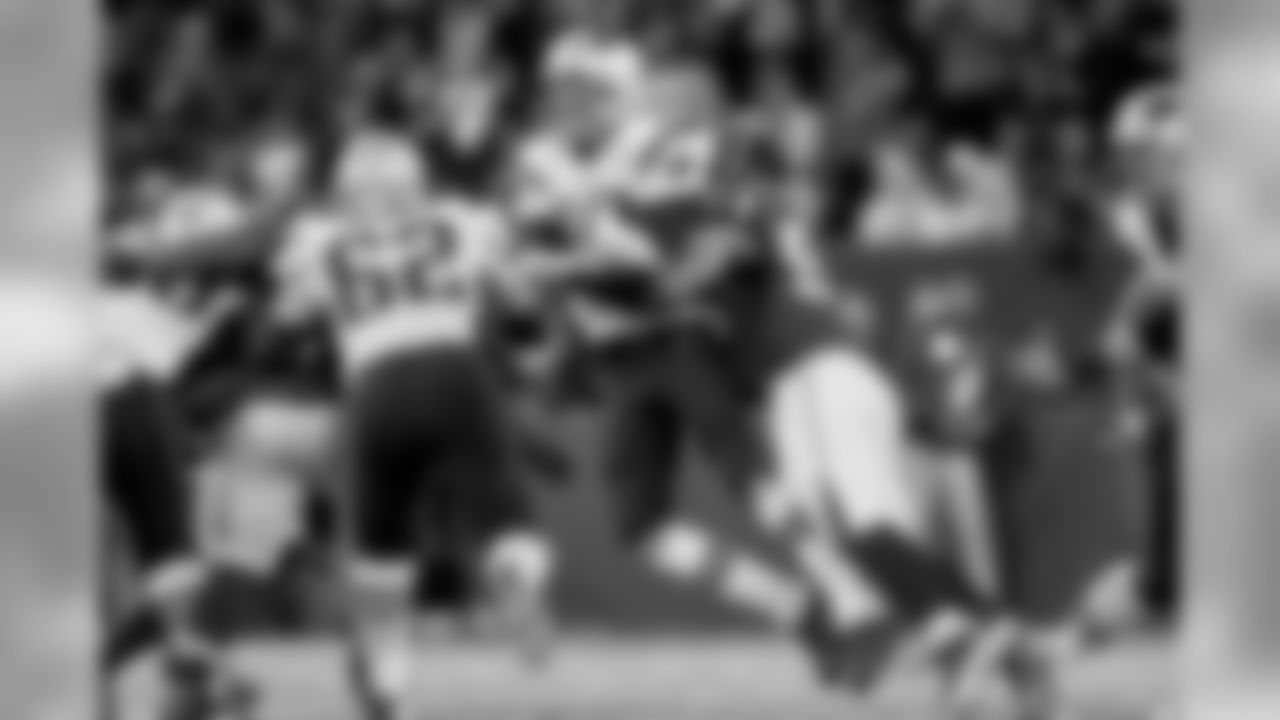
His Super Bowl LI sack of Tom Brady reminded everyone that he still has the burst off the edge, and he has handled his pass-rush specialist role with grace and continued flashes of his prime, becoming a model for edge rushers who want to extend their careers. But at 37, does he want to come back for a 16th season?

Jones is solid, but many -- including myself -- thought he would be a much more productive pass rusher than he has been in his four seasons, with just six career sacks

Although he didn't live up to the contract the Browns gave him after he helped guide the Ravens to a Super Bowl XLVII win, he remains a solid contributor and locker-room presence.

Cole's 12th season saw a career-low two sacks as he missed nine games last year because of a back injury. He turns 35 next October and can still provide a rotational contribution when he's healthy.
Andrew Mason takes a look at the top free-agent linebackers set to hit the market. (Associated Press)

His strip-sack fumble of Matt Ryan in the fourth quarter of Super Bowl LI changed the game and served as a reminder of what he does best -- the situational blitz. But he's solid in coverage and stout against the run. Even though he missed more tackles last year than in previous years, he's still the best all-around linebacker on the market.

Working on a "prove-it" one-year contract with the Bills after four seasons with the Titans, Brown responded with the best season of his career, although his form tailed off a bit toward the end of the season. Brown led the Bills in tackles with 149 -- 11 of which were for losses.
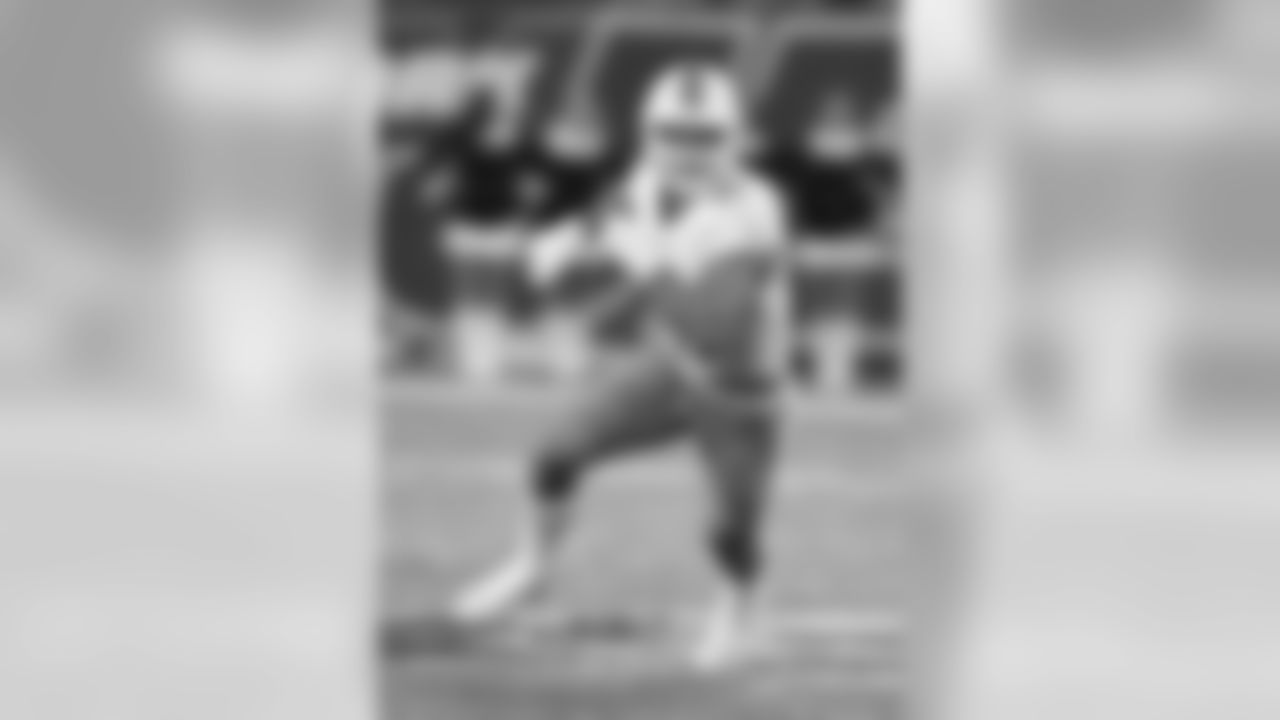
Last season, Alonso finally got back to the form he displayed as a rookie in Buffalo before a torn ACL and a subsequent trade to Philadelphia. Although Alonso completed his fourth NFL season last fall, he is only a three-year veteran for free-agent purposes because his season-ending torn ACL in 2014 came during a private session away from team headquarters, according to the Palm Beach Post.

If you're looking for a run-defense upgrade, Riley could be the perfect fit after his career year with the Raiders. Riley didn't join the Raiders until Oct. 4, but exceeded all expectations, and was the key to their improvement against the run. In five games without Riley, Oakland surrendered 133.4 rushing yards per game, 5.09 yards per carry and allowed a first down once every 3.36 rushes. In 12 games with Riley, Oakland allowed 22 fewer rushing yards per game, 1.09 fewer yards per carry and limited foes to one first down every 5.39 attempts.
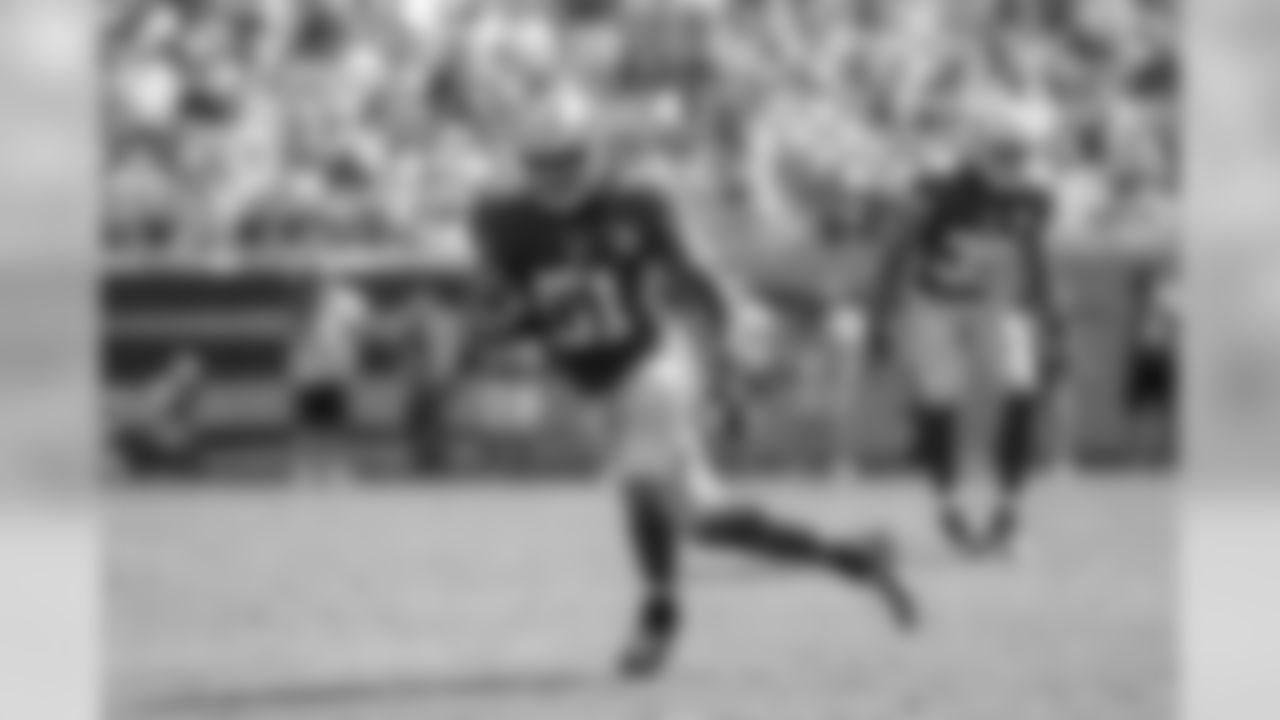
Hodges was one of the few bright spots in a dismal 49ers season. Although strongest against the run, Hodges also contributed three sacks, two passes defensed and two interceptions last year while making 12 starts, the most of his career.

Consistency has been an issue for Minter, but he had some of the best games of his four-season career last year. With a passel of defensive free agents, Arizona may not be able to afford Minter, who can play every down and added 3.5 sacks to go along with 81 tackles last year.

After 10 seasons, Timmons is showing signs of age and decline -- particularly against the run. but he remains an effective pass rusher. He turns 31 in May, and his role might be more limited in the future than the every-down work he's had for the last eight seasons, but he still has some effectiveness in him.

Injuries derailed Jenkins last year, limiting him to 10 games (including postseason) and cutting into his effectiveness when he did play. "When healthy, he has played well," current Broncos head coach and then-Dolphins defensive coordinator Vance Joseph said last November.

The Chargers became Toomer's fifth team since he was a fifth-round pick of the Seahawks in 2012, and he finally blossomed on defense after being limited to special-teams work prior to last season. Toomer logged 75 tackles and three forced fumbles, becoming the Chargers' strongest run-defending linebacker in the process.

After being released with an injury settlement early in the season, Bynes recovered, returned and started nine of the Lions' last 10 games, including playoffs. Bynes is a solid run defender who plays bigger than his 240-pound frame suggests.

An infrequent contributor who makes the most of limited repetitions, Morgan could start for plenty of teams and may use this free-agency period to find a larger role elsewhere.
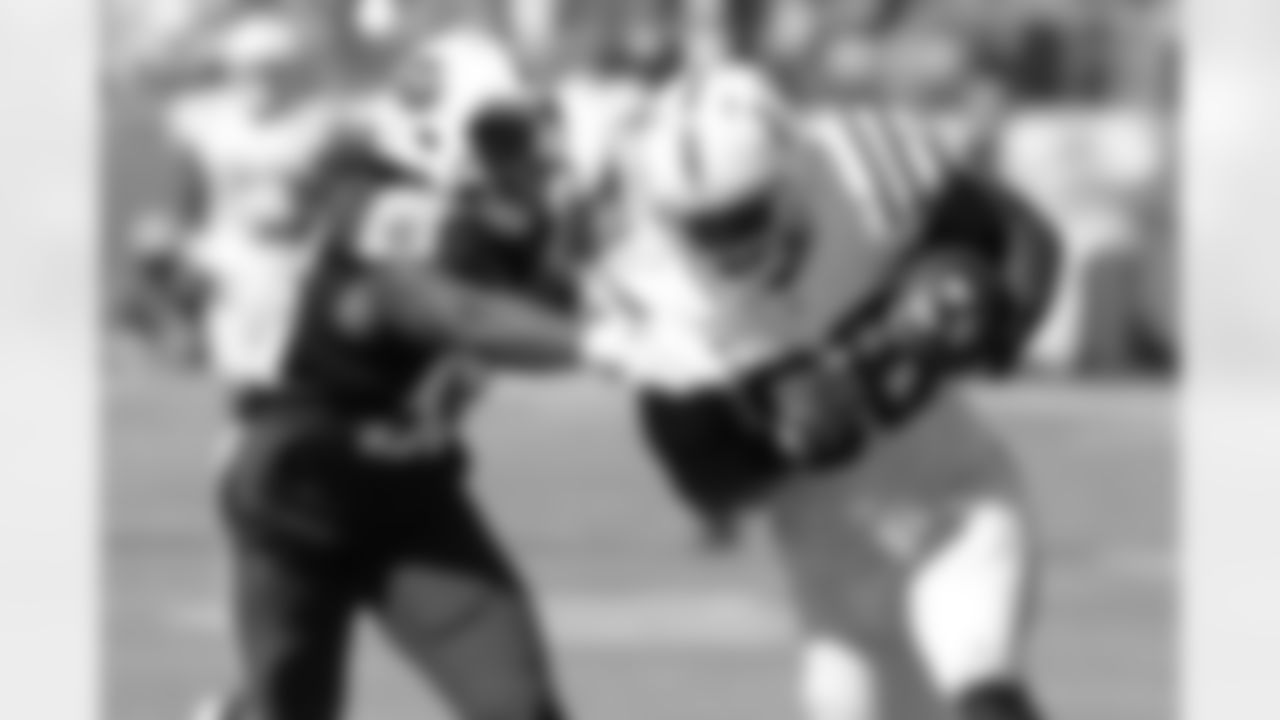
Dick LeBeau coached Spence in Pittsburgh in 2014, and brought him to the Titans for 2016, with whom he posted a career-best 54 tackles, along with three passes defensed, three sacks and a forced fumble. Spence's size (231 pounds) and speed make him a natural for a sub-package role against the pass.

Dansby notched 114 tackles despite only starting seven games for the Bengals, and even at 35 remains a solid run defender and strong locker-room presence.

Jackson has missed 47 tackles in the last three seasons, according to ProFootballFocus.com, and that is a stat that shows how age is taking its toll on the 33-year-old linebacker. When healthy, he can still play every down, and his leadership could make him an asset, even if his on-field role is limited in the future.

At 34, Greenway is mulling over his future, telling KFAN-100.3 FM in Minneapolis-St. Paul that if he plays in 2017, "it's going to be in Minnesota and nowhere else." He added that he would make a decision before the start of the free-agent signing period.
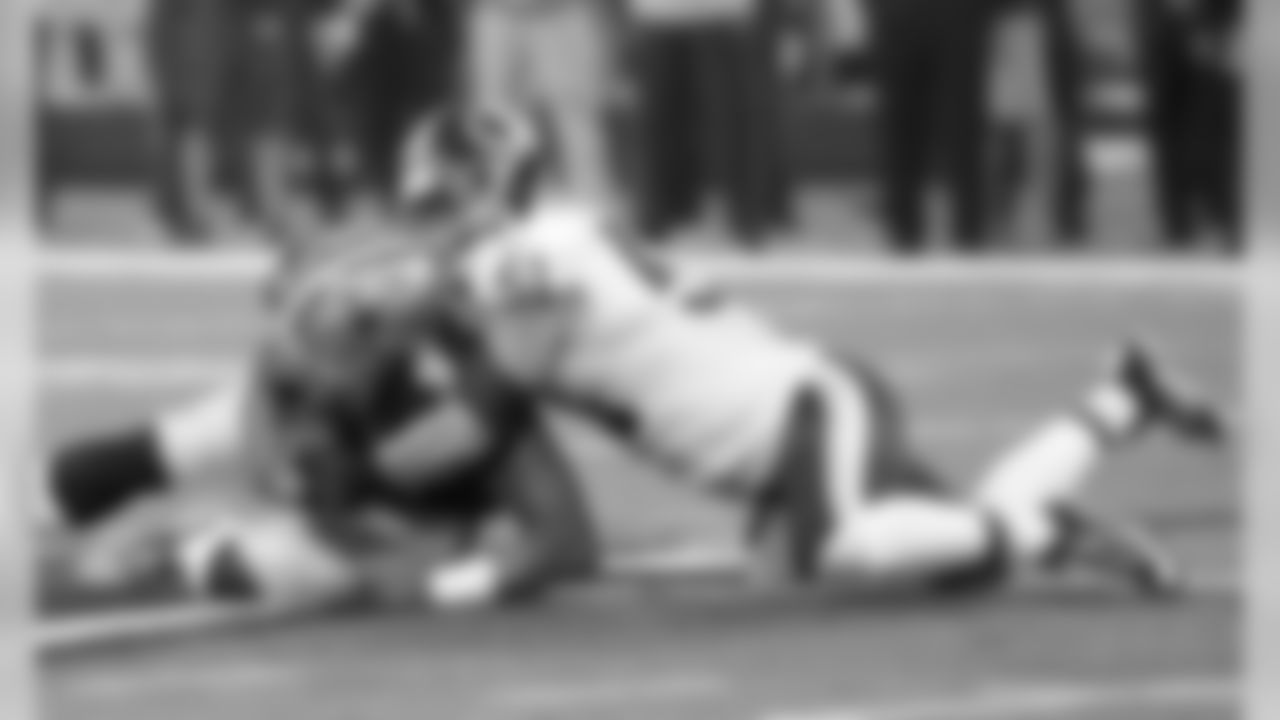
After signing a 1-year restricted tender last year, Compton had a solid season, posting career highs in tackles (106) and passes defensed (five). But Washington's defensive struggles last year might lead to an overhaul, and Compton might not have a starting spot waiting for him on the market.

The 13-year veteran remains solid in pass coverage, but turns 35 in April. He started 11 games last year but played less than half of the defensive snaps and is suited to a rotational role going forward.
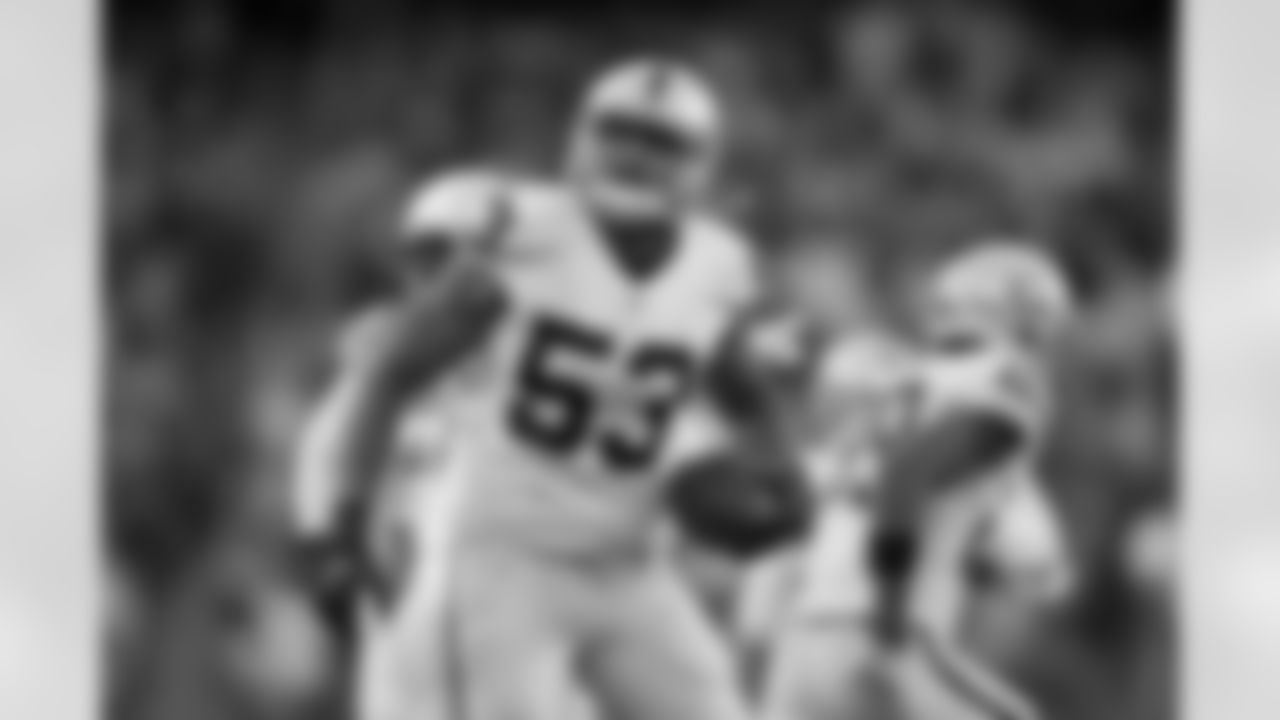
A Super Bowl MVP trophy earned him a bigger contract and an every-down role in Oakland, but he seems best suited to the two-down role he had in Seattle.
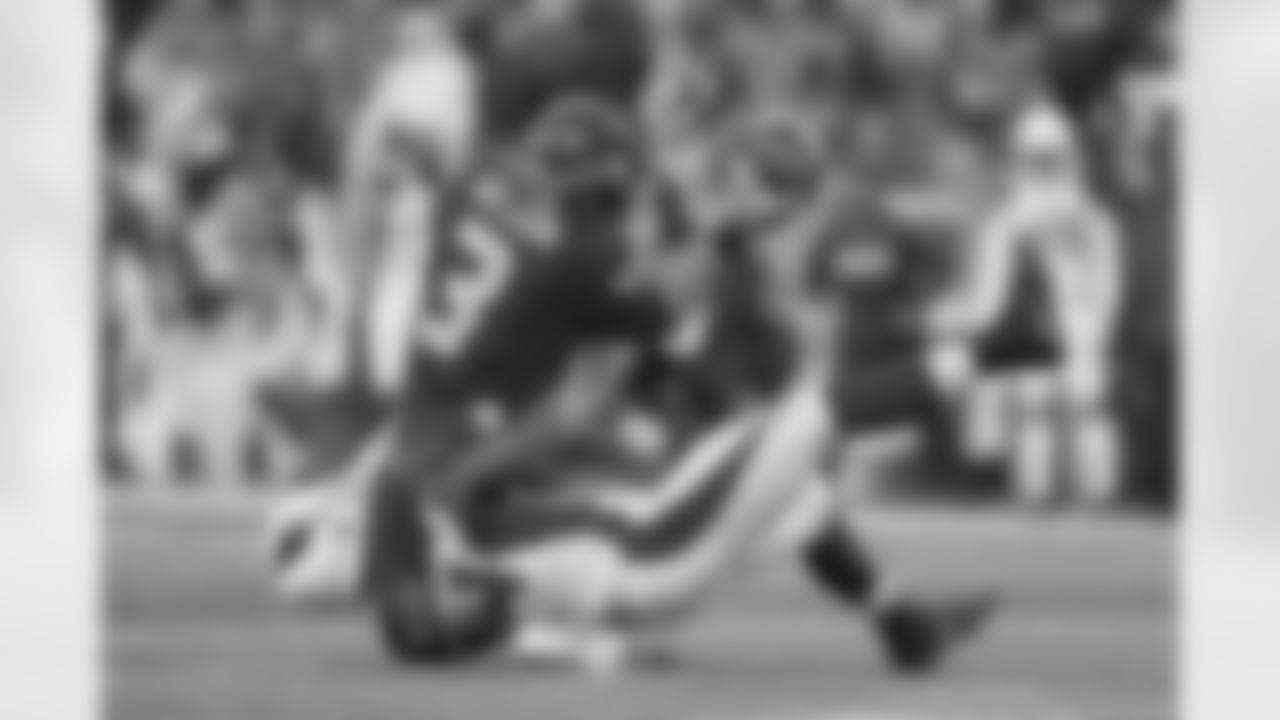
After joining the Cardinals on Nov. 22, he moved into the starting lineup a month later and posted 32 total tackles in three states to close the season. Moore might be back with Arizona, as he should be an affordable re-signing who can provide good value.

He will have to show how far back he is from a torn Achilles tendon that ended his season last September. Some ups and downs might leave a rotational and special-teams role in play for him with a "prove-it" contract.
Coming next:
Cornerbacks
Safeties














